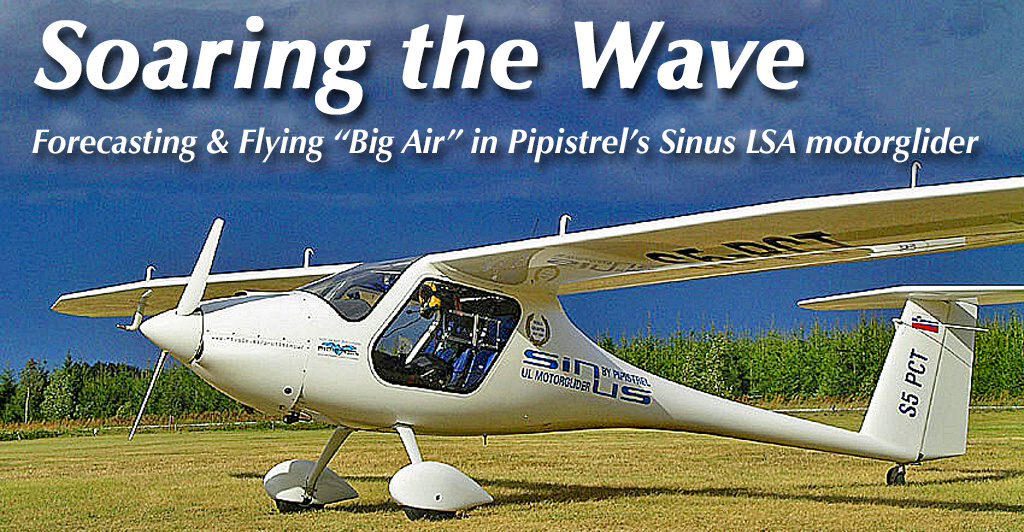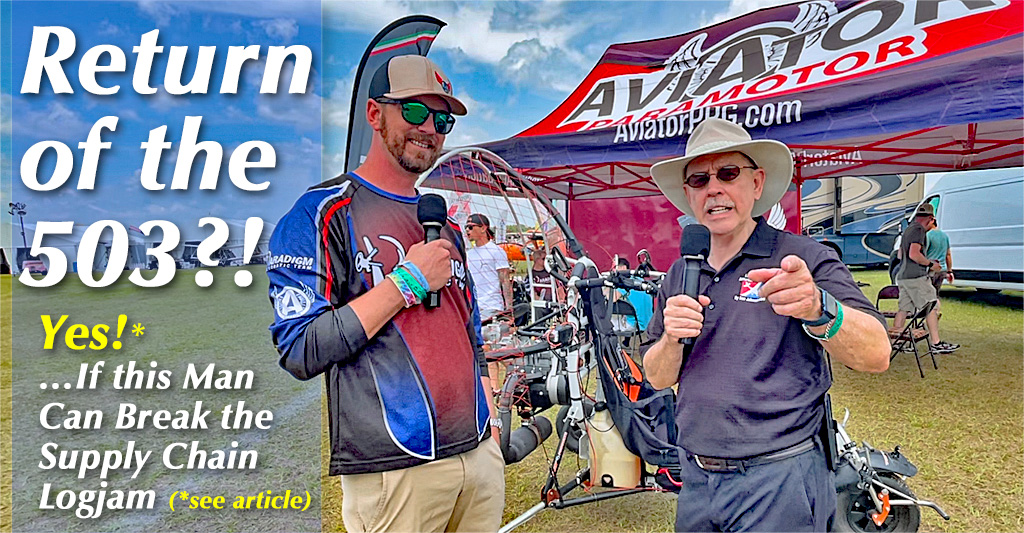
For years — no, make that decades — numerous pilots of light aircraft have told me the Rotax 503 was their favorite two-stroke engine. These days, it’s much more likely a pilot will go on about how great the Rotax 912 is. Yes, some grumble about the purchase price, the replacement parts cost, or the cost of an overhaul, but I’d expect to hear such groaning about almost any aviation product. Contrasting a few negative opinions is an entire world of pilots who are intensely loyal backers of the 9-series engines. Around the planet, I have identified more than 66,000 light aircraft and 70-80% of them use a Rotax 9-series engine as their powerplant. Every other brand occupies the remaining 20-30% space, including some other fine and reliable engines. No matter how you spreadsheet the numbers, Rotax is far and away the dominant brand …although no longer in two-strokes.


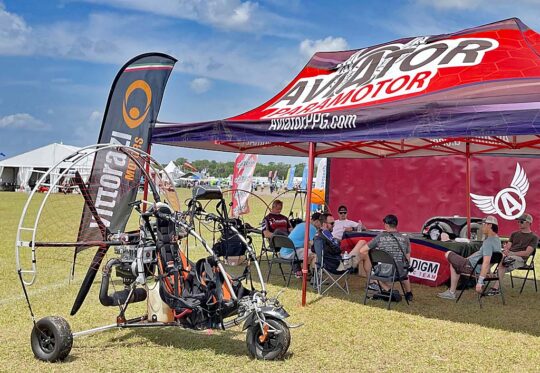 These days, it's much more likely a pilot will go on about how great the Rotax 912 is. Yes, some grumble about the purchase price, the replacement parts cost, or the cost of an overhaul, but I'd expect to hear such groaning about almost any aviation product. Contrasting a few negative opinions is an entire world of pilots who are intensely loyal backers of the 9-series engines.
Around the planet, I have identified more than
These days, it's much more likely a pilot will go on about how great the Rotax 912 is. Yes, some grumble about the purchase price, the replacement parts cost, or the cost of an overhaul, but I'd expect to hear such groaning about almost any aviation product. Contrasting a few negative opinions is an entire world of pilots who are intensely loyal backers of the 9-series engines.
Around the planet, I have identified more than 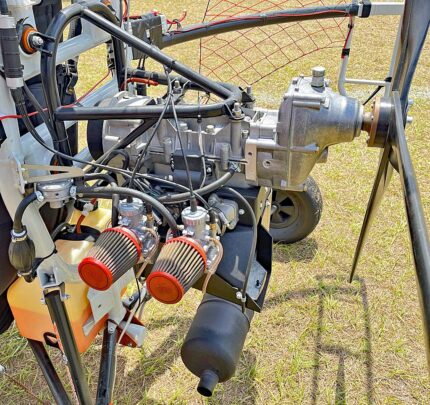 To most eyes, the RMZ 500 is nearly impossible to distinguish from the original that was taken off the market in 2010. A Russian producer manufactures it to power the snowmobiles they sell. I get that lots of readers may turn away when hearing the engine is a Russian product but many may be able to see beyond the political-class demonization of all-things Russian to understand that regular citizens of that country could have the capability to assemble a worthy engine. U.S. support makes all the difference and that is
To most eyes, the RMZ 500 is nearly impossible to distinguish from the original that was taken off the market in 2010. A Russian producer manufactures it to power the snowmobiles they sell. I get that lots of readers may turn away when hearing the engine is a Russian product but many may be able to see beyond the political-class demonization of all-things Russian to understand that regular citizens of that country could have the capability to assemble a worthy engine. U.S. support makes all the difference and that is 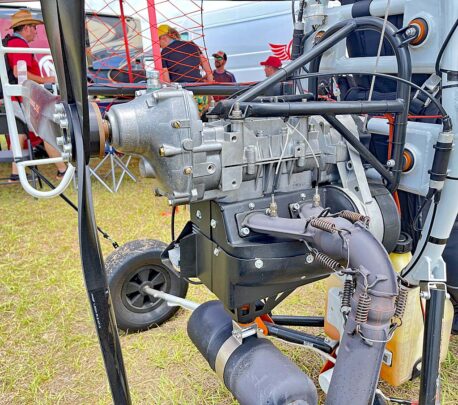 Speaking of exhaust systems,
Speaking of exhaust systems, 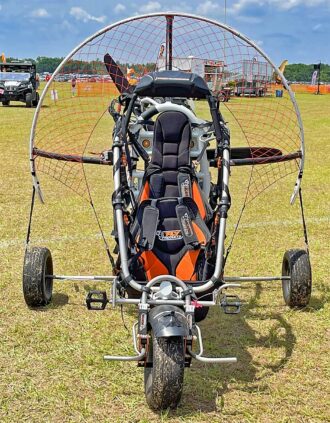 FAA did bury the old two-place powered ultralights. The agency's idea was that "properly" regulated Light-Sport Aircraft would replace the role filled for many years by Part 103 ultralight trainers. In case you arrived since 2004, those were simple two seaters that closely resembled related single place ultralight vehicles. They were intended for training only. You were not supposed to fly your buddy or your spouse on pleasure flights. All flights were to be for instruction only.
LSA supposedly fixed the problem — and in a few examples they did (Quicksilver, M-Squared, CGS Hawk, some trikes and powered parachutes). In a Special LSA ultralight-like aircraft, you could fly a passenger recreationally and you did not need to always perform instruction. Pilot licensure also was tightened. Unfortunately, the results were devastating to ultralight aviation — many instructors left the training business.
FAA did bury the old two-place powered ultralights. The agency's idea was that "properly" regulated Light-Sport Aircraft would replace the role filled for many years by Part 103 ultralight trainers. In case you arrived since 2004, those were simple two seaters that closely resembled related single place ultralight vehicles. They were intended for training only. You were not supposed to fly your buddy or your spouse on pleasure flights. All flights were to be for instruction only.
LSA supposedly fixed the problem — and in a few examples they did (Quicksilver, M-Squared, CGS Hawk, some trikes and powered parachutes). In a Special LSA ultralight-like aircraft, you could fly a passenger recreationally and you did not need to always perform instruction. Pilot licensure also was tightened. Unfortunately, the results were devastating to ultralight aviation — many instructors left the training business.
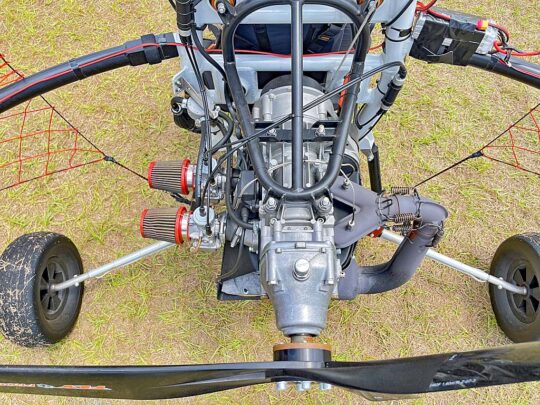 However, out of sight from most aviators, hang gliders were still permitted to do two-place instructional flying without needing a Special Airworthiness Certificates such as all LSA have. It has continued right on working well to this day as it had done for the decades before the big changeover.
What even less people know is that powered paragliders (different than powered parachutes) were also permitted to keep their training exemption. FAA recognized that almost no one flew two-place hang gliders or paragliders or powered paragliders so they didn't mandate a switch to costlier LSA.
However, out of sight from most aviators, hang gliders were still permitted to do two-place instructional flying without needing a Special Airworthiness Certificates such as all LSA have. It has continued right on working well to this day as it had done for the decades before the big changeover.
What even less people know is that powered paragliders (different than powered parachutes) were also permitted to keep their training exemption. FAA recognized that almost no one flew two-place hang gliders or paragliders or powered paragliders so they didn't mandate a switch to costlier LSA.
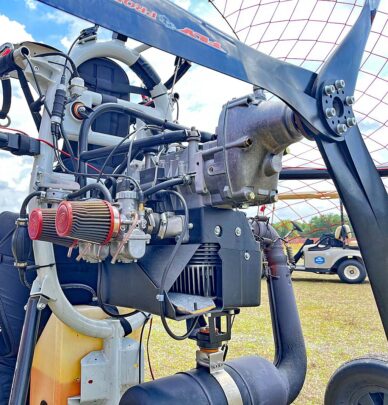 The Aviator Paramotor rig you see with two seats, and the RMZ 500 powering it, remains a legal, exempted vehicle. For those intrigued about flying a powered paraglider as a very affordable and manueverable aircraft, a wheeled carriage with a powerful engine could make an interest purchase. Training is available and Aviator Paramotor can barely keep up. Check this link for more about
The Aviator Paramotor rig you see with two seats, and the RMZ 500 powering it, remains a legal, exempted vehicle. For those intrigued about flying a powered paraglider as a very affordable and manueverable aircraft, a wheeled carriage with a powerful engine could make an interest purchase. Training is available and Aviator Paramotor can barely keep up. Check this link for more about 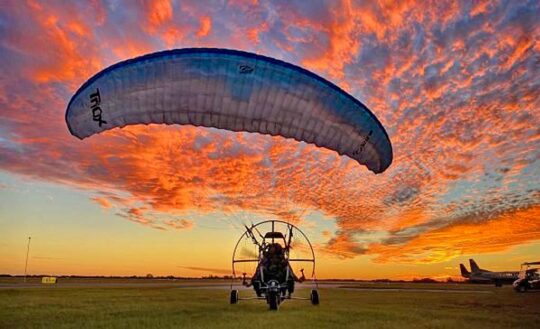 In regular use, Aviator Paramotor uses the RMZ 500-powered rig to train new students — lots of students, some 300 per year. Demand is so strong they actually have to turn some people away. "We could probably exceed 1,200 students a year if capacity were available," said Eric Farewell.
In regular use, Aviator Paramotor uses the RMZ 500-powered rig to train new students — lots of students, some 300 per year. Demand is so strong they actually have to turn some people away. "We could probably exceed 1,200 students a year if capacity were available," said Eric Farewell.
 https://youtu.be/oDgjtddwibo
https://youtu.be/oDgjtddwibo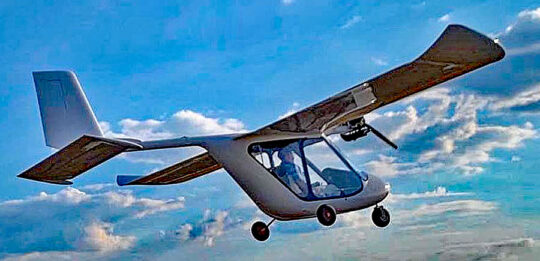 Later, American companies — which had been relegated to building kit aircraft due to regulations at the time — joined the growing parade. Today American-made LSA represent better than half of total registrations.
Of course, U.S.-based kit-aircraft makers continue to do well as my
Later, American companies — which had been relegated to building kit aircraft due to regulations at the time — joined the growing parade. Today American-made LSA represent better than half of total registrations.
Of course, U.S.-based kit-aircraft makers continue to do well as my 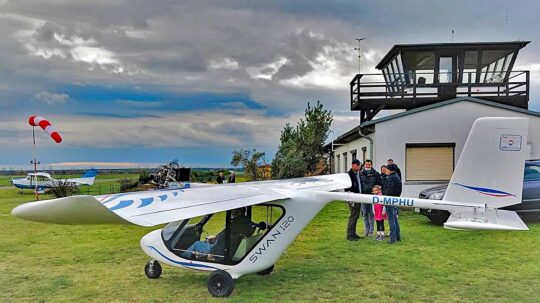 Call them sleeper aircraft if you will. The 103 industry labored behind a thick curtain emblazoned with all things LSA on the public side. If you noticed anything going on behind the curtain, you were the exception.
Along the way, however, things had been changing. I can't date when this happened but I would estimate that it started to get legs approximately five to seven years ago, after the first decade of LSA had passed. At first, I was not aware of this market interest and from speaking to numerous producers, I found they didn't know either. Each manufacturer essentially operated within their own bubble, selling to people who admired what they were doing, but… who else knew?
As LSA held the spotlight, and as many GA pilots made the transition from more complex and costly conventionally-certified aircraft, they begin asking suppliers to fit more and more features on the airplanes. The airframes themselves went through a generation or two of change and became much more sophisticated and capable. The downside: they got more expensive, too.
Call them sleeper aircraft if you will. The 103 industry labored behind a thick curtain emblazoned with all things LSA on the public side. If you noticed anything going on behind the curtain, you were the exception.
Along the way, however, things had been changing. I can't date when this happened but I would estimate that it started to get legs approximately five to seven years ago, after the first decade of LSA had passed. At first, I was not aware of this market interest and from speaking to numerous producers, I found they didn't know either. Each manufacturer essentially operated within their own bubble, selling to people who admired what they were doing, but… who else knew?
As LSA held the spotlight, and as many GA pilots made the transition from more complex and costly conventionally-certified aircraft, they begin asking suppliers to fit more and more features on the airplanes. The airframes themselves went through a generation or two of change and became much more sophisticated and capable. The downside: they got more expensive, too.
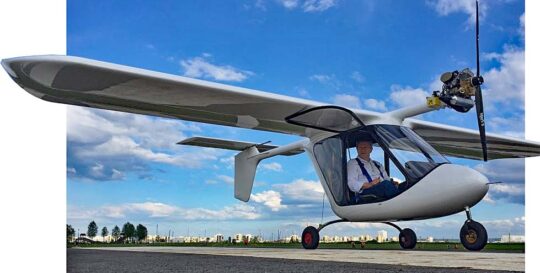 LSA brought many great things to the marketplace and I remain as excited about them as ever. Not only did this new breed of aircraft permit pilots to acquire some sophisticated, fuel-efficient, and modern aircraft, LSA allowed many pilots to forego their next aviation medical and they were able to keep flying without that limiting factor (yet still earning an admirable safety record, I hasten to add).
While LSA are available below $100,000, many have gone far above that even exceeding $200,000 or even $300,000. For many pilots that's not only too much money, it's more capability than they needed simply to go aloft for a bit of aerial sightseeing at the end of a pretty day.
LSA brought many great things to the marketplace and I remain as excited about them as ever. Not only did this new breed of aircraft permit pilots to acquire some sophisticated, fuel-efficient, and modern aircraft, LSA allowed many pilots to forego their next aviation medical and they were able to keep flying without that limiting factor (yet still earning an admirable safety record, I hasten to add).
While LSA are available below $100,000, many have gone far above that even exceeding $200,000 or even $300,000. For many pilots that's not only too much money, it's more capability than they needed simply to go aloft for a bit of aerial sightseeing at the end of a pretty day.
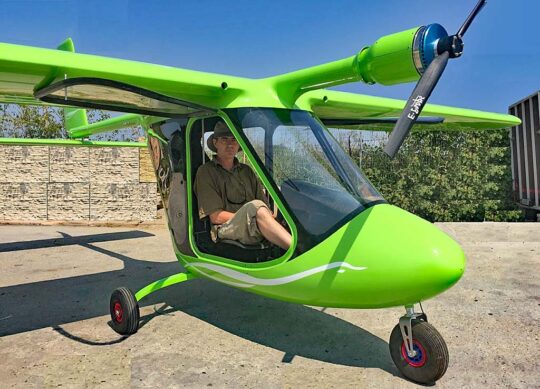 As I labored throughout 2021 to find every Part 103 ultralight vehicle I could uncover — now presented in the warmly-received
As I labored throughout 2021 to find every Part 103 ultralight vehicle I could uncover — now presented in the warmly-received 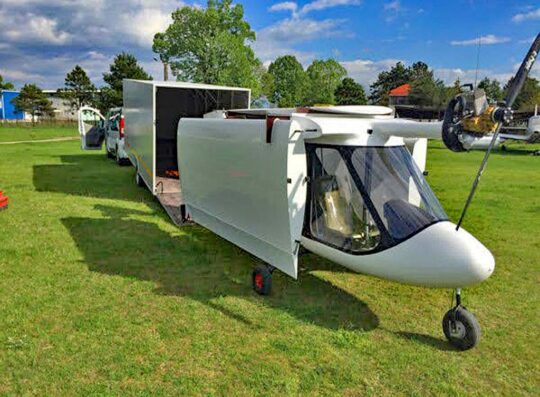 This company offers a Part 103-capable vehicle and has both
This company offers a Part 103-capable vehicle and has both 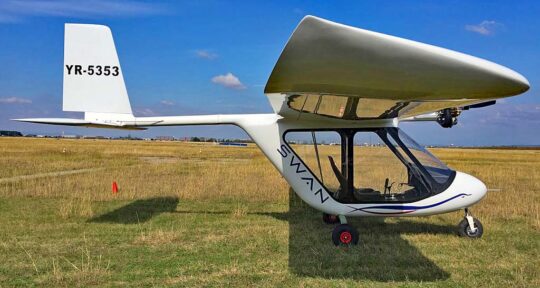 After she tested positive and then showed the effects, it was just a matter of time before I did, too (we've been vaccinated). As endless articles show, the omicron variant is quite transmissible, but fortunately, it's less serious than the earlier variants.
We are both recovering now although dealing with this slowed my productivity. I trust you'll understand if my output has not been what it usually is. By this time next week I expect to be fully back on track and bringing you more news about light, recreational, affordable aircraft. Thanks for understanding.
After she tested positive and then showed the effects, it was just a matter of time before I did, too (we've been vaccinated). As endless articles show, the omicron variant is quite transmissible, but fortunately, it's less serious than the earlier variants.
We are both recovering now although dealing with this slowed my productivity. I trust you'll understand if my output has not been what it usually is. By this time next week I expect to be fully back on track and bringing you more news about light, recreational, affordable aircraft. Thanks for understanding.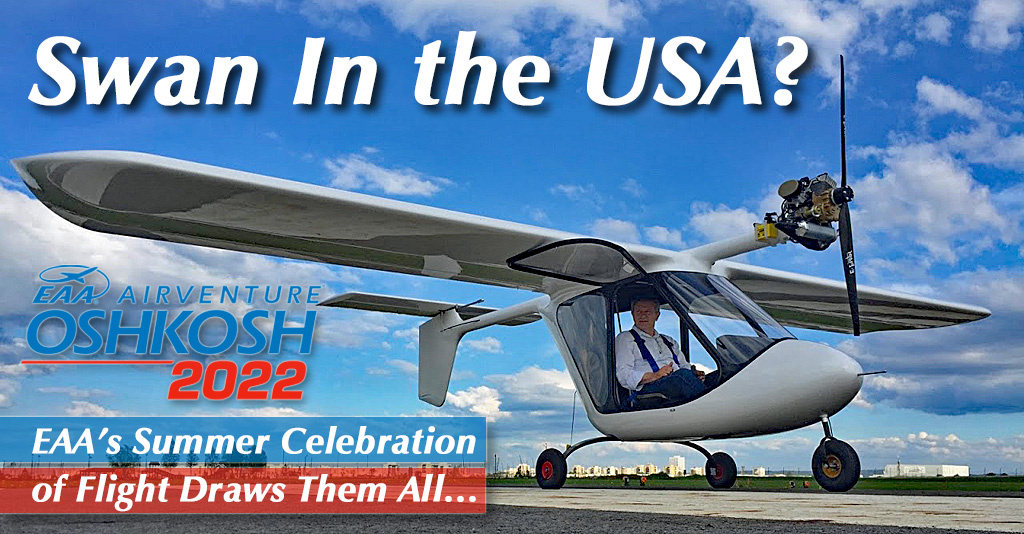
 Barely after we rang in the new year, here's a review of 2021 market shares and info regarding the state of the light, recreational aircraft industry. After a surprisingly strong 2020 despite Covid, 2021 returned to Earth a bit but with some shifting between categories. This year the contrast that stood out was between Factory-Built and Kit-Built.
In 2020, perhaps because builders were locked down at home and completed more projects, kit registrations blew the doors off factory-built. For 2021, the ratio equalized again with kits narrowly edging out factory-built (nearby chart).
Note that for this reporting, datastician Steve Beste said, "We define kit-built as aircraft registered as Experimental Amateur Built. Factory-built are everything else, including SLSA, ELSA, Exhibition, Primary, and Standard." To understand how Steve solves the FAA database mysteries,
Barely after we rang in the new year, here's a review of 2021 market shares and info regarding the state of the light, recreational aircraft industry. After a surprisingly strong 2020 despite Covid, 2021 returned to Earth a bit but with some shifting between categories. This year the contrast that stood out was between Factory-Built and Kit-Built.
In 2020, perhaps because builders were locked down at home and completed more projects, kit registrations blew the doors off factory-built. For 2021, the ratio equalized again with kits narrowly edging out factory-built (nearby chart).
Note that for this reporting, datastician Steve Beste said, "We define kit-built as aircraft registered as Experimental Amateur Built. Factory-built are everything else, including SLSA, ELSA, Exhibition, Primary, and Standard." To understand how Steve solves the FAA database mysteries, 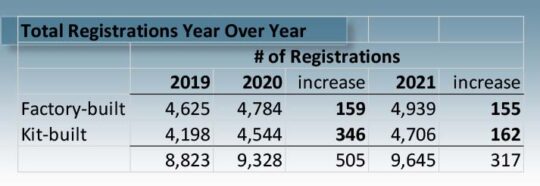 Two other important factors in 2020-2021:
Two other important factors in 2020-2021: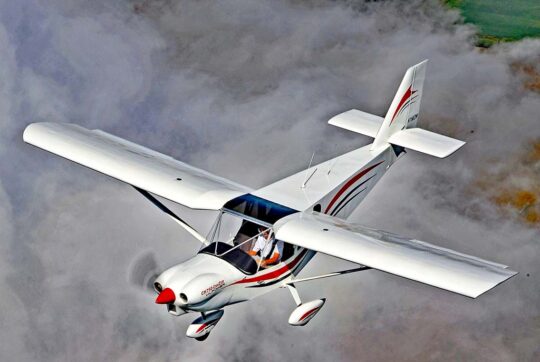
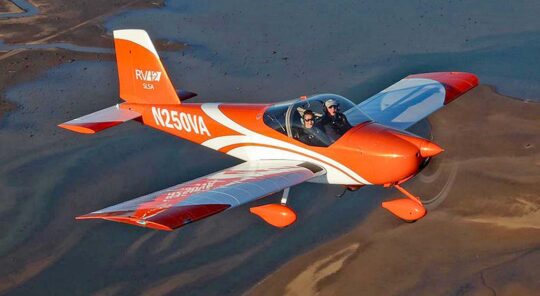
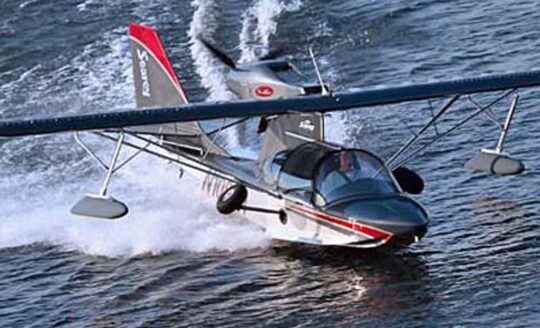
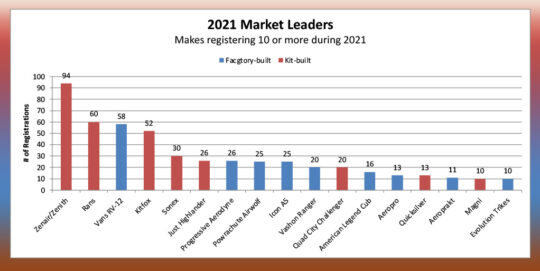 The first chart above, counting total registrations of factory-built versus kit-built shows that for 2021, both grew at almost an identical pace.
When you combine both production methods, the total (317 aircraft in 2021) compares favorably to deliveries of Part 23 single engine piston aircraft (the closest comparison). As you can see, for 2020, kit-built aircraft had more than double the factory-built totals but for 2021, the equilibrium returned.
The first chart above, counting total registrations of factory-built versus kit-built shows that for 2021, both grew at almost an identical pace.
When you combine both production methods, the total (317 aircraft in 2021) compares favorably to deliveries of Part 23 single engine piston aircraft (the closest comparison). As you can see, for 2020, kit-built aircraft had more than double the factory-built totals but for 2021, the equilibrium returned.
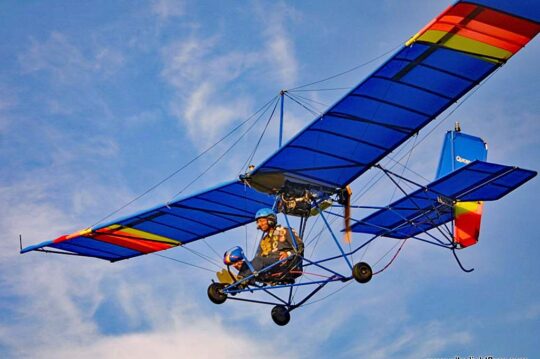
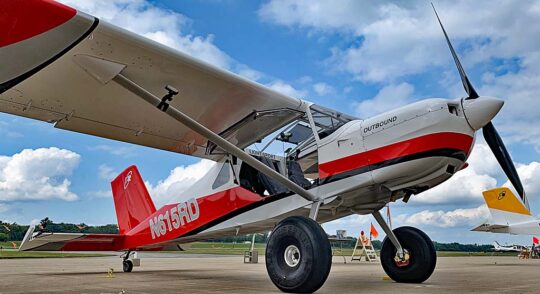
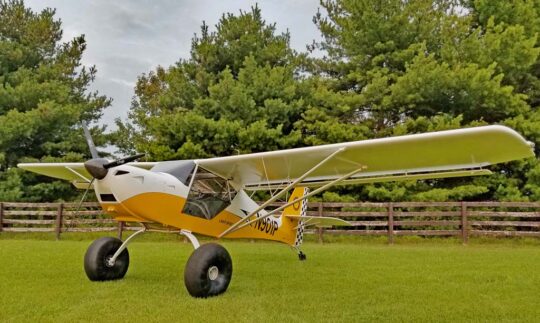
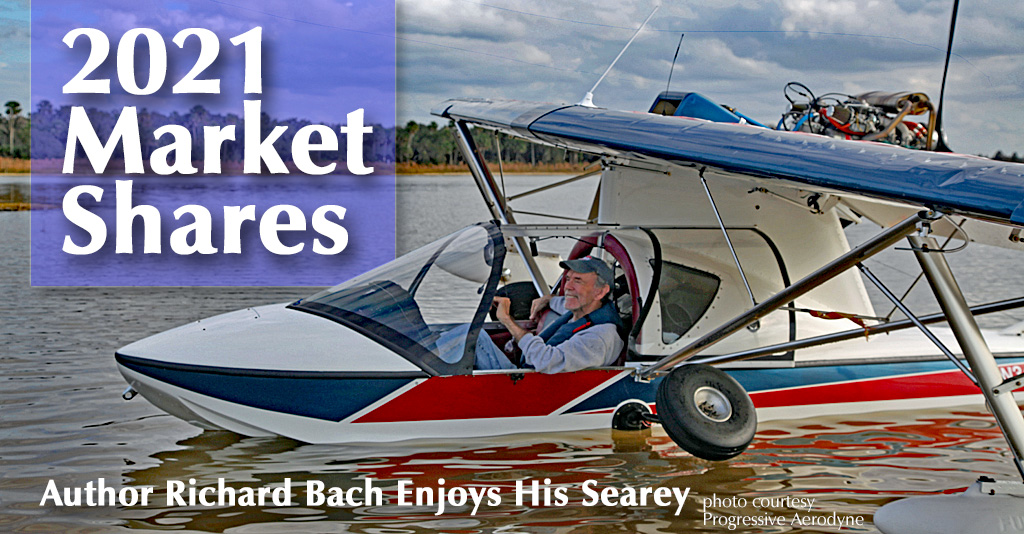
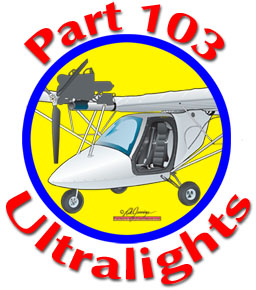 To welcome a brand new year in affordable aviation, I am pleased to announce the launch of our
To welcome a brand new year in affordable aviation, I am pleased to announce the launch of our 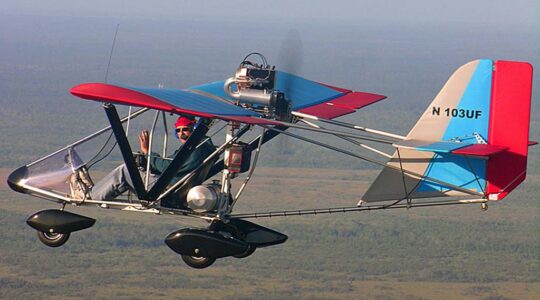 These points apply so long as any Part 103 entry can meet the definitions and explanations offered in
These points apply so long as any Part 103 entry can meet the definitions and explanations offered in 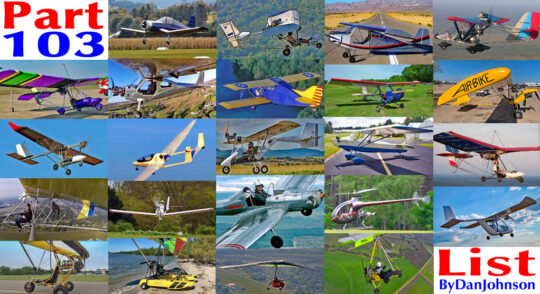 The new
The new 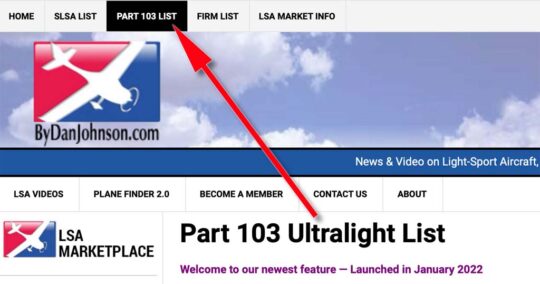 While the term “Ultralight” is widely used in other countries (Europe and many other places), it generally means something larger than U.S. Ultralights.
While the term “Ultralight” is widely used in other countries (Europe and many other places), it generally means something larger than U.S. Ultralights.
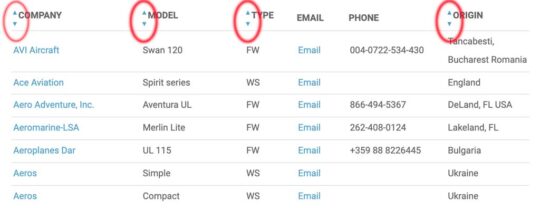 If you are searching for a particular brand, sort that column. Same for Model. If you want to see only aircraft made in the USA, for example, sorting the Origin column will help.
If you are searching for a particular brand, sort that column. Same for Model. If you want to see only aircraft made in the USA, for example, sorting the Origin column will help.
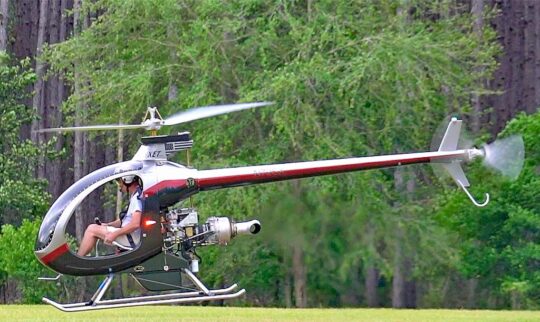 Of course, it's fun to take somebody along, but how often do you actually do that? I used to quote an AOPA survey that was done for many years. It regularly showed the average occupancy of a GA airplane was 1.6 persons. Since GA airplanes are commonly four seaters and sometimes six seaters, that means such roomy aircraft are flown solo most of the time if the average of all flights is 1.6 persons.
If that's true, then why do many pilots insist on a second seat in their light aircraft?
Compared to the overall expense of creating a new aircraft, the cost of adding a second seat and the necessary structure, engine power, additional fuel, and larger wing area should not in theory add a tremendous amount to the cost of building such an airplane. However, perhaps it's like the amplifier for your home theater. Once you decide you've got to have surround sound instead of just a couple of great speakers, you might have to upgrade everything in the system in order to make that all work. Airplanes are no different, of course.
Of course, it's fun to take somebody along, but how often do you actually do that? I used to quote an AOPA survey that was done for many years. It regularly showed the average occupancy of a GA airplane was 1.6 persons. Since GA airplanes are commonly four seaters and sometimes six seaters, that means such roomy aircraft are flown solo most of the time if the average of all flights is 1.6 persons.
If that's true, then why do many pilots insist on a second seat in their light aircraft?
Compared to the overall expense of creating a new aircraft, the cost of adding a second seat and the necessary structure, engine power, additional fuel, and larger wing area should not in theory add a tremendous amount to the cost of building such an airplane. However, perhaps it's like the amplifier for your home theater. Once you decide you've got to have surround sound instead of just a couple of great speakers, you might have to upgrade everything in the system in order to make that all work. Airplanes are no different, of course.
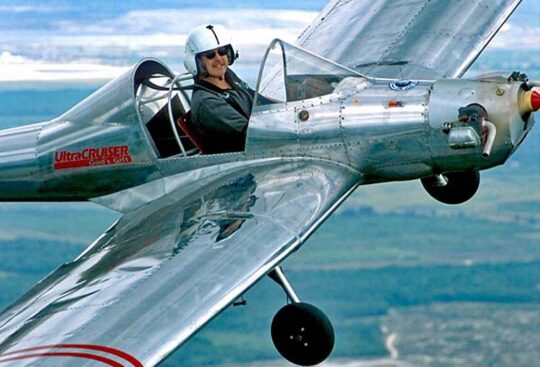 I enjoy flying solo because what I like best about flying is the great view from aloft, of flying over the countryside and observing things on the ground. Sometimes seeing what I want means banking steeply to have a closer look. I don't do that when I'm concerned about another person in the cockpit with me. I find these flight movements more tolerable (even enjoyable) when I don't have to worry about a person in a second seat.
I enjoy flying solo because what I like best about flying is the great view from aloft, of flying over the countryside and observing things on the ground. Sometimes seeing what I want means banking steeply to have a closer look. I don't do that when I'm concerned about another person in the cockpit with me. I find these flight movements more tolerable (even enjoyable) when I don't have to worry about a person in a second seat.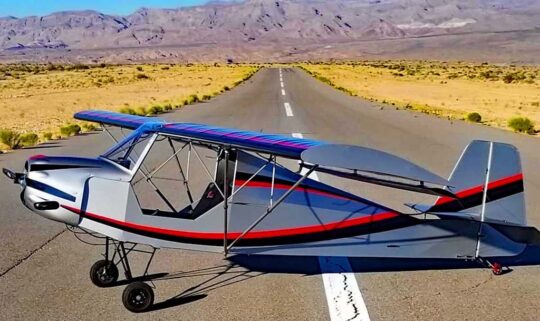 That's not to say I never want to take a passenger. Sometimes doing so can be enormously satisfying and fun.
Flying with someone may be a great way to introduce someone to aviation or it might at least keep them from voting to tax your local airport out of existence.
That's not to say I never want to take a passenger. Sometimes doing so can be enormously satisfying and fun.
Flying with someone may be a great way to introduce someone to aviation or it might at least keep them from voting to tax your local airport out of existence.
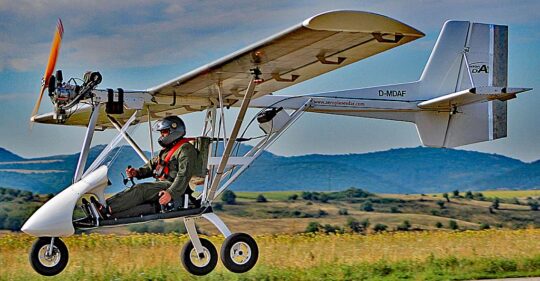 Nonetheless, flying solo has a special pleasure and in a Part 103 ultralight, you always fly solo.
Of course, this creates some challenges to gain instruction appropriate to that Part 103 aircraft, so two seaters are necessary. When FAA created the Sport Pilot / Light-Sport Aircraft regulation, they scrapped existing "two-seat ultralights" for LSA. Many of the aircraft that followed are not good trainers for genuine 103 ultralights but some are, including
Nonetheless, flying solo has a special pleasure and in a Part 103 ultralight, you always fly solo.
Of course, this creates some challenges to gain instruction appropriate to that Part 103 aircraft, so two seaters are necessary. When FAA created the Sport Pilot / Light-Sport Aircraft regulation, they scrapped existing "two-seat ultralights" for LSA. Many of the aircraft that followed are not good trainers for genuine 103 ultralights but some are, including 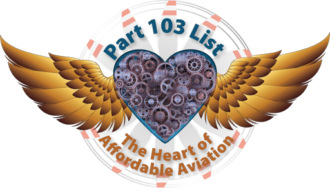 This website regularly promotes aircraft you can afford. This means something different to almost everyone but nearly every aircraft in the Part 103 List fits in the affordable category. All are less than $100,000 and some are less then $20,000 with a range in between. Of course, since they've been around for 40 years, lots of used aircraft are available. See
This website regularly promotes aircraft you can afford. This means something different to almost everyone but nearly every aircraft in the Part 103 List fits in the affordable category. All are less than $100,000 and some are less then $20,000 with a range in between. Of course, since they've been around for 40 years, lots of used aircraft are available. See 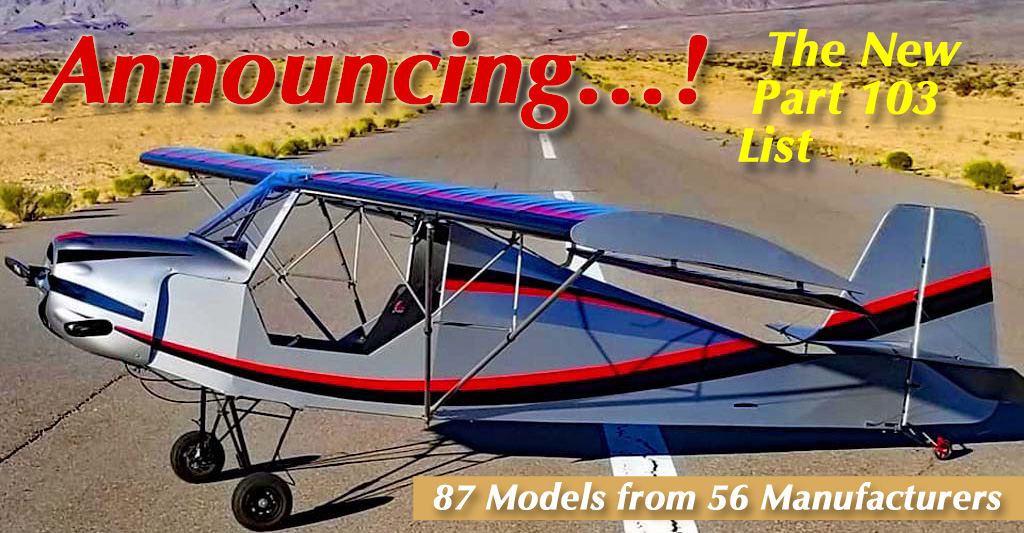
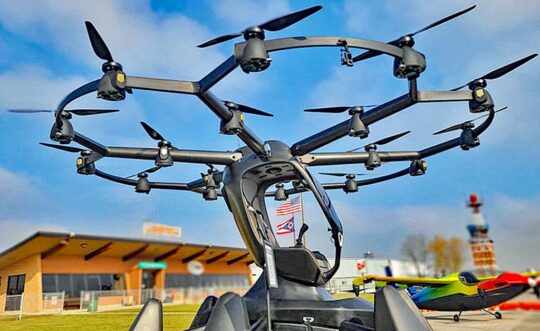 Fine. I look forward to going from a downtown hotel to the airport in minutes versus slogging through ground traffic for an hour. Will these arrive in some near future? Maybe. Even if they do arrive sooner than later, would a pilot feel entirely comfortable flying in an autonomous, computer-controlled aircraft? Only you can answer that question.
You might get a chance sooner than you think.
Whatever you think right now, would you change your mind if you got to fly one of these machines, safely, of course?
Since autonomous operation is part of the plan, a current-day
Fine. I look forward to going from a downtown hotel to the airport in minutes versus slogging through ground traffic for an hour. Will these arrive in some near future? Maybe. Even if they do arrive sooner than later, would a pilot feel entirely comfortable flying in an autonomous, computer-controlled aircraft? Only you can answer that question.
You might get a chance sooner than you think.
Whatever you think right now, would you change your mind if you got to fly one of these machines, safely, of course?
Since autonomous operation is part of the plan, a current-day 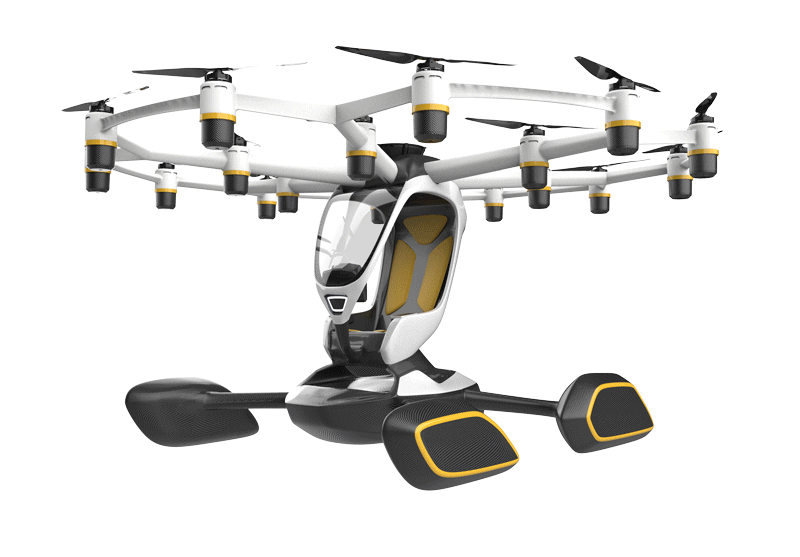
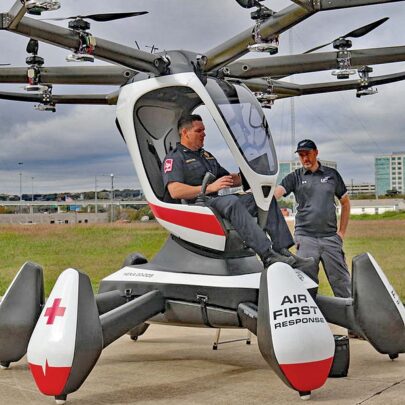 On the other hand, Lift's short history shows a
On the other hand, Lift's short history shows a 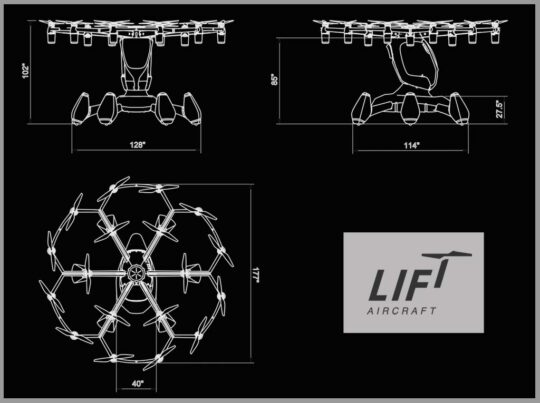 With those two points in mind, what say you? It doesn't matter if you love or hate Hexa. Do you welcome their novel approach to meeting 103 parameters or do you think it could jeopardize Part 103?
Mosaic, the new regulation expected by the end of 2023, is significantly aimed at accommodating eVTOLs, UAMs, and drones into the airspace. Most readers are focused on how Mosaic affects LSA but multicopters are a major reason why Mosaic exists in the first place. However, the new reg is still two years away.
Therefore, a multicopter that can actually qualify with FAA as a Part 103 vehicle and is (nearly) ready for the market has an early lead.
Slipping into a sweet spot, Lift and their Hexa need not wait for Mosaic, yet will benefit from its arrival.
With those two points in mind, what say you? It doesn't matter if you love or hate Hexa. Do you welcome their novel approach to meeting 103 parameters or do you think it could jeopardize Part 103?
Mosaic, the new regulation expected by the end of 2023, is significantly aimed at accommodating eVTOLs, UAMs, and drones into the airspace. Most readers are focused on how Mosaic affects LSA but multicopters are a major reason why Mosaic exists in the first place. However, the new reg is still two years away.
Therefore, a multicopter that can actually qualify with FAA as a Part 103 vehicle and is (nearly) ready for the market has an early lead.
Slipping into a sweet spot, Lift and their Hexa need not wait for Mosaic, yet will benefit from its arrival.
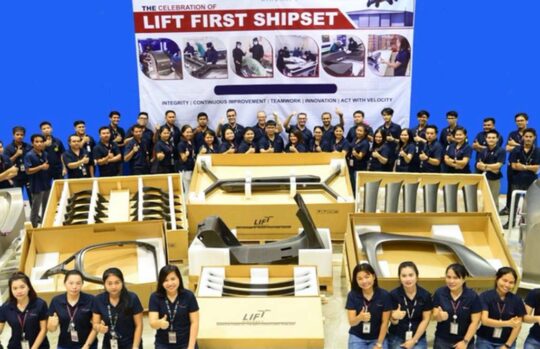 For example, "The aircraft is continuously calculating the energy required to 'return to home' based on altitude, wind speed and direction. Regardless of what the pilot does, the aircraft will automatically return and land when the battery approaches this level plus a reserve, and it can also automatically land in designated safe landing areas, if necessary.” Hexa presently has a 15-minute flight endurance
The plans are more explicit in several ways and you can
For example, "The aircraft is continuously calculating the energy required to 'return to home' based on altitude, wind speed and direction. Regardless of what the pilot does, the aircraft will automatically return and land when the battery approaches this level plus a reserve, and it can also automatically land in designated safe landing areas, if necessary.” Hexa presently has a 15-minute flight endurance
The plans are more explicit in several ways and you can 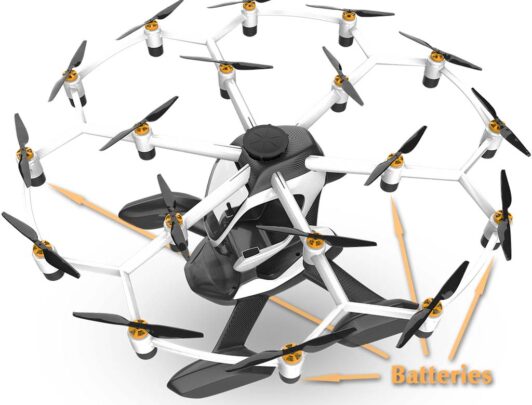 One answer is that pilots already use design features to operate aircraft more safely: LSA have straight-and-level or 180-turn buttons and very effective autopilots. Engineers went to great trouble to assure an aircraft recovers well from a stall or has landing gear able to absorb hard touchdowns. Are these design features "cheating?"
One answer is that pilots already use design features to operate aircraft more safely: LSA have straight-and-level or 180-turn buttons and very effective autopilots. Engineers went to great trouble to assure an aircraft recovers well from a stall or has landing gear able to absorb hard touchdowns. Are these design features "cheating?"

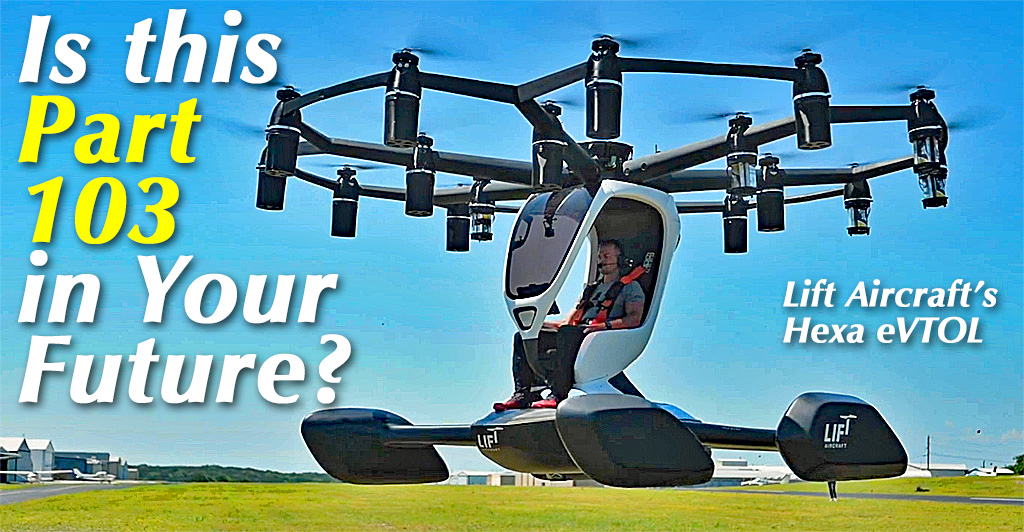
 On December 22nd, 2021,
On December 22nd, 2021, 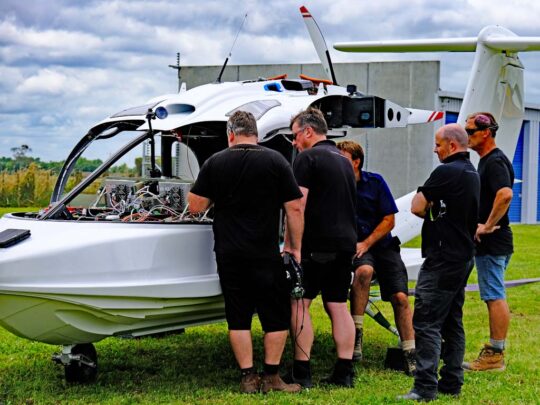 This was even more meaningful as Vickers installed RS Flight Systems’ single-lever control equipment (approval of which is expected in the coming FAA Mosaic regulation) regulating an MT prop.
This was even more meaningful as Vickers installed RS Flight Systems’ single-lever control equipment (approval of which is expected in the coming FAA Mosaic regulation) regulating an MT prop. 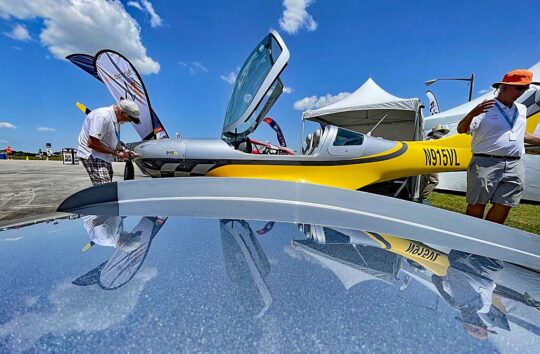 Try as they might to contain increases with various techniques, JMB representatives at
Try as they might to contain increases with various techniques, JMB representatives at 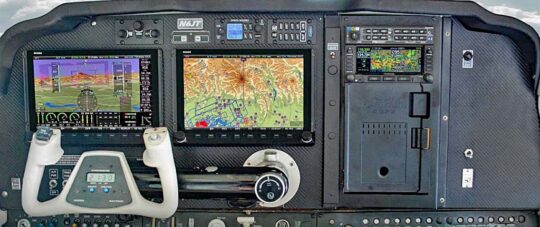 Why care? It's simple. If Dynon finds more market for their products, they'll be stronger to support your Dynon and to keep coming up with great new avionics ideas for all of us.
Almost single-handedly Dynon brought affordable, sophisticated, computer-based instruments to the cockpit. It wasn't that long ago that equipping a Part 23 bird with modern flat-screen equipment was a $100,000+ expense. Dynon brought such prices back to Earth.
Why care? It's simple. If Dynon finds more market for their products, they'll be stronger to support your Dynon and to keep coming up with great new avionics ideas for all of us.
Almost single-handedly Dynon brought affordable, sophisticated, computer-based instruments to the cockpit. It wasn't that long ago that equipping a Part 23 bird with modern flat-screen equipment was a $100,000+ expense. Dynon brought such prices back to Earth.
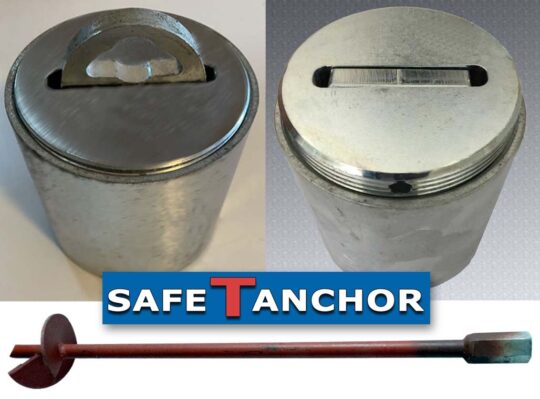 "We have invented and patented a safetanchor for planes and other uses. Easy to install yourselves and patented in the USA," wrote the company.
Design of the anchor’s top allows it to pivot from hook-up to becoming completely flat. This makes the entire surface of anchors flush to ground level without removing them and so you can drive vehicles over it, cut the grass, prevents tripping of personnel, and being a hazard to cleaning machines or snow removal equipment.
"We have invented and patented a safetanchor for planes and other uses. Easy to install yourselves and patented in the USA," wrote the company.
Design of the anchor’s top allows it to pivot from hook-up to becoming completely flat. This makes the entire surface of anchors flush to ground level without removing them and so you can drive vehicles over it, cut the grass, prevents tripping of personnel, and being a hazard to cleaning machines or snow removal equipment.
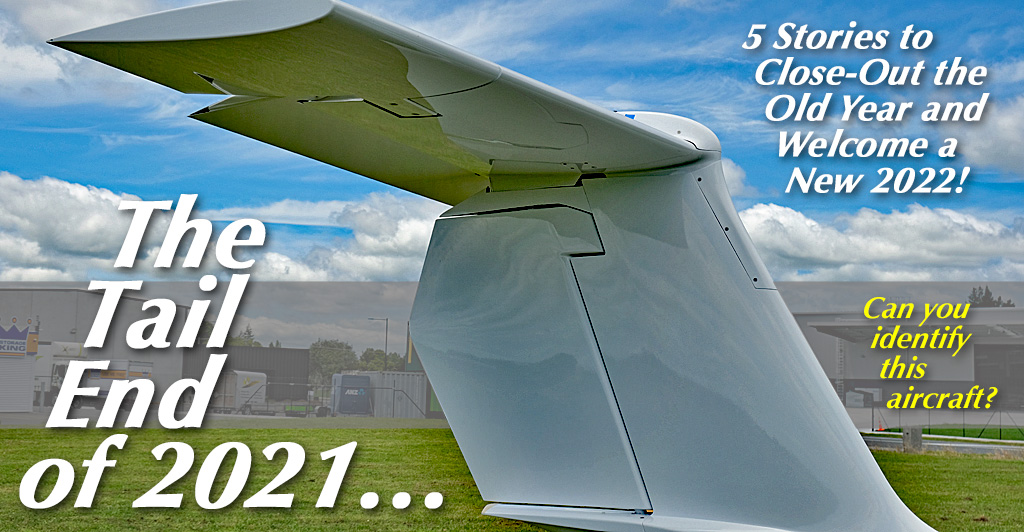
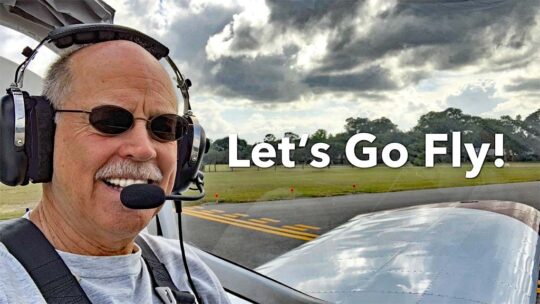 However, I have gotten to fly a small number of airplanes for a higher number of hours. The most recent such experience is with a
However, I have gotten to fly a small number of airplanes for a higher number of hours. The most recent such experience is with a 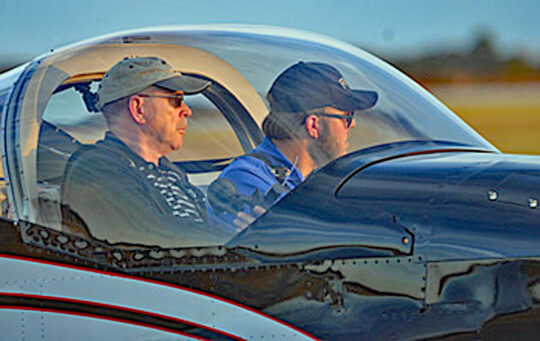 I will let the two videos below provide most of the nuts and bolts details that pilots crave. In the following words, I'll relate some of my experiences and discoveries after flying the -12 for more hours.
To begin, I'm a high wing guy. Most pilots have a clear preference for high or low wing configurations. Some think low wings look "less awkward" and "more streamlined."
They are entitled to that opinion, but for me, the number one reason to fly an aircraft with an engine is visibility… to observe a beautiful landscape unfold below. I've found aerial sightseeing is a common desire among aviators. If so, a low wing gets in the way. RV-12 places the wing sufficiently aft that from either seat you actually do have some downward visibility, but it is not as broad as a high wing design, especially one with cantilevered construction; no wing strut gets in your way.
I will let the two videos below provide most of the nuts and bolts details that pilots crave. In the following words, I'll relate some of my experiences and discoveries after flying the -12 for more hours.
To begin, I'm a high wing guy. Most pilots have a clear preference for high or low wing configurations. Some think low wings look "less awkward" and "more streamlined."
They are entitled to that opinion, but for me, the number one reason to fly an aircraft with an engine is visibility… to observe a beautiful landscape unfold below. I've found aerial sightseeing is a common desire among aviators. If so, a low wing gets in the way. RV-12 places the wing sufficiently aft that from either seat you actually do have some downward visibility, but it is not as broad as a high wing design, especially one with cantilevered construction; no wing strut gets in your way.
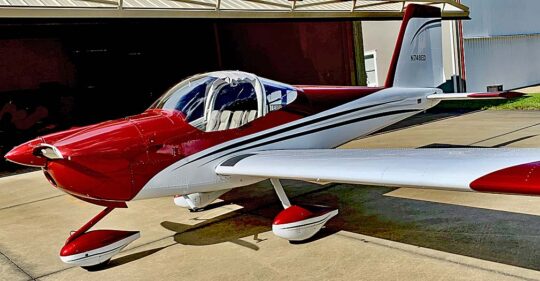 High wing airplanes are usually much easier to enter, a factor for older, less flexible pilots. Yet among low wing designs, RV-12 is easier as you enter from the front of the wing (see step in a nearby photo). You can use structure to help climb up on the wing and once you get to that point you can simply step onto the floor. You don't have to step in the seat as on some low wing aircraft. Most folks don't like having to do that and some low wing owners have a towel to put on the seat to keep dirty shoes off of it.
High wing airplanes are usually much easier to enter, a factor for older, less flexible pilots. Yet among low wing designs, RV-12 is easier as you enter from the front of the wing (see step in a nearby photo). You can use structure to help climb up on the wing and once you get to that point you can simply step onto the floor. You don't have to step in the seat as on some low wing aircraft. Most folks don't like having to do that and some low wing owners have a towel to put on the seat to keep dirty shoes off of it.
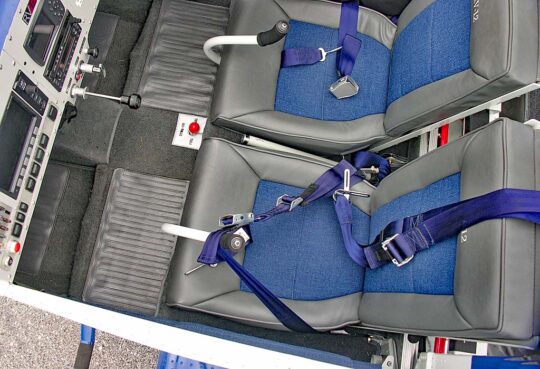
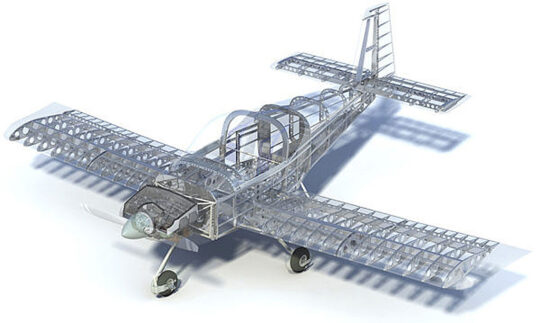
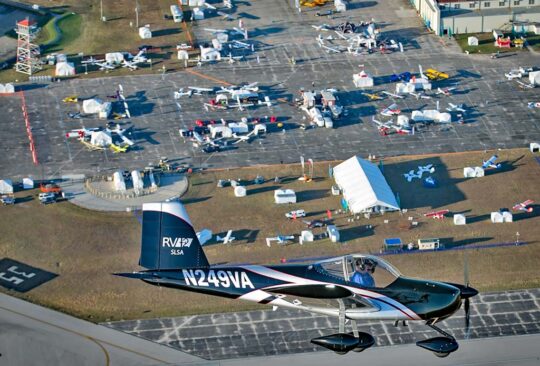
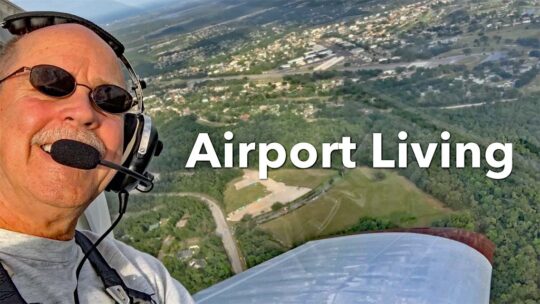 That's enough about me and what I think of RV-12. Check out these two videos and learn more about Van's terrific RV-12. Happy flying!
Tail winds, everyone!
The nearby photo shows me on downwind for runway 6 at
That's enough about me and what I think of RV-12. Check out these two videos and learn more about Van's terrific RV-12. Happy flying!
Tail winds, everyone!
The nearby photo shows me on downwind for runway 6 at 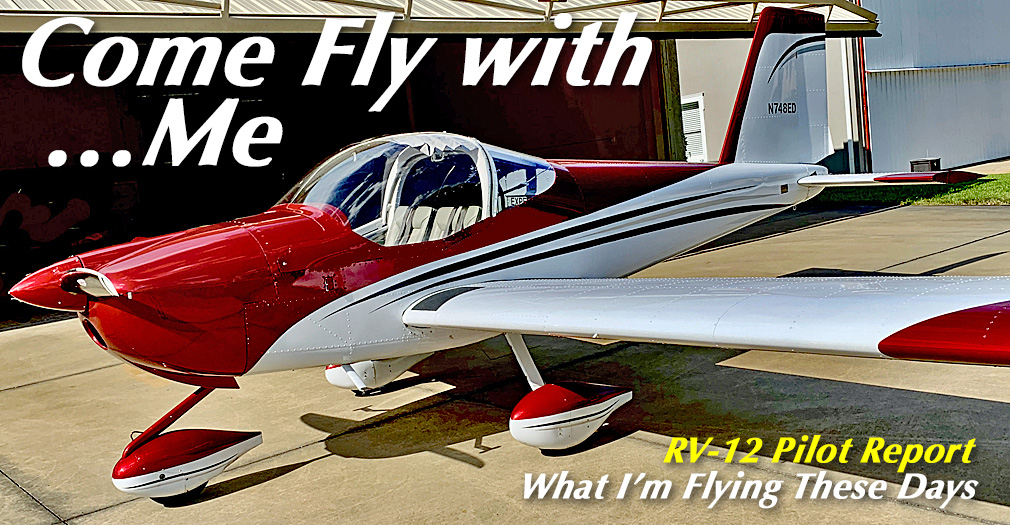
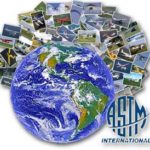 Contrary to common language, LSA are not "certified." Instead a manufacturer declares they meet ASTM standards and FAA "accepts" that declaration. Frequently at first, FAA audited producers in a point-by-point check of their declaration plus verifying that producers use generally-accepted best practices in their manufacturing. Companies with prior approvals may not be required to undergo an audit; it's always FAA's choice.
I've been involved with ASTM for many years and I can attest to these standards being very rigorous. They were welcomed by many countries where they are in active use. Indeed, FAA is using ASTM standards for LSA as a model for a future approval system for Part 23 general aviation aircraft. Nonetheless, a Standard Certificate is required for some countries; LSA have a Special Certificate. So, some companies believe it is in their best interest to obtain the higher level of approval.
Contrary to common language, LSA are not "certified." Instead a manufacturer declares they meet ASTM standards and FAA "accepts" that declaration. Frequently at first, FAA audited producers in a point-by-point check of their declaration plus verifying that producers use generally-accepted best practices in their manufacturing. Companies with prior approvals may not be required to undergo an audit; it's always FAA's choice.
I've been involved with ASTM for many years and I can attest to these standards being very rigorous. They were welcomed by many countries where they are in active use. Indeed, FAA is using ASTM standards for LSA as a model for a future approval system for Part 23 general aviation aircraft. Nonetheless, a Standard Certificate is required for some countries; LSA have a Special Certificate. So, some companies believe it is in their best interest to obtain the higher level of approval.
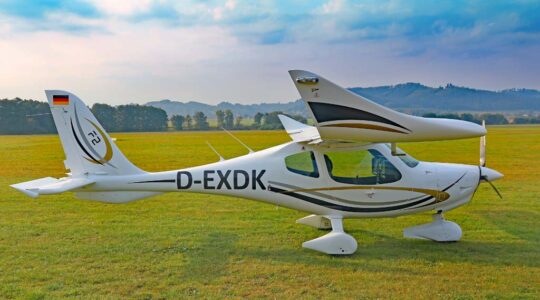 “We couldn’t be happier to see this important step for the F2 program, which ultimately will lead to the F4 four-seat version and the all-electric F2e,” said Matthias Betsch, Head of Flight Design's Design Organization department that created the F-Series and many of its advanced concepts.
"The F2-CS23 is the next step in Flight Design’s ‘Vision Zero’ concept which incorporates all commercially available safety features appropriate for this type of aircraft," the company elaborated. "These features include: a passive stall and spin resistant airframe design; airframe emergency parachute system; Amsafe-brand airbags and inertial reel harnesses; Garmin ESP (electronic stability and envelope protection); a strong occupant-protective enclosure for the pilot and passengers; automatic fuel management; simplified controls such as a combined throttle and brake lever; and a more modern, car-like atmosphere and operation."
“We couldn’t be happier to see this important step for the F2 program, which ultimately will lead to the F4 four-seat version and the all-electric F2e,” said Matthias Betsch, Head of Flight Design's Design Organization department that created the F-Series and many of its advanced concepts.
"The F2-CS23 is the next step in Flight Design’s ‘Vision Zero’ concept which incorporates all commercially available safety features appropriate for this type of aircraft," the company elaborated. "These features include: a passive stall and spin resistant airframe design; airframe emergency parachute system; Amsafe-brand airbags and inertial reel harnesses; Garmin ESP (electronic stability and envelope protection); a strong occupant-protective enclosure for the pilot and passengers; automatic fuel management; simplified controls such as a combined throttle and brake lever; and a more modern, car-like atmosphere and operation."
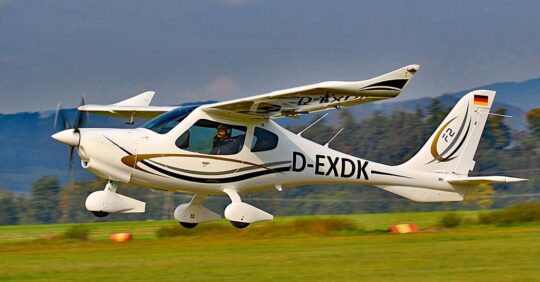
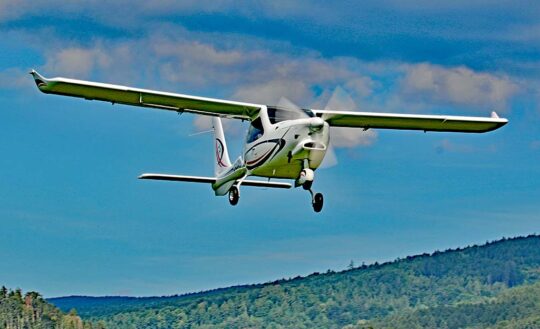 “EASA's CS-23 category is an internationally-recognized certification standard which will allow the new F2-CS23 to be easily accepted in all markets worldwide,” said Dieter Koehler, Project Manager the F2 and F4 projects.
Flight Design sees the F2-CS23 as "an excellent choice for flight schools with its wide and easy-to-enter cockpit, fuel efficiency, unique safety features, and state-of-the-art avionics suite. All new Flight Design aircraft come with carbon compensation up to TBO under Flight Design’s Pro-Climate plan." F2-CS23 follows the company's F2-LSA that began deliveries earlier in 2021.
“EASA's CS-23 category is an internationally-recognized certification standard which will allow the new F2-CS23 to be easily accepted in all markets worldwide,” said Dieter Koehler, Project Manager the F2 and F4 projects.
Flight Design sees the F2-CS23 as "an excellent choice for flight schools with its wide and easy-to-enter cockpit, fuel efficiency, unique safety features, and state-of-the-art avionics suite. All new Flight Design aircraft come with carbon compensation up to TBO under Flight Design’s Pro-Climate plan." F2-CS23 follows the company's F2-LSA that began deliveries earlier in 2021.
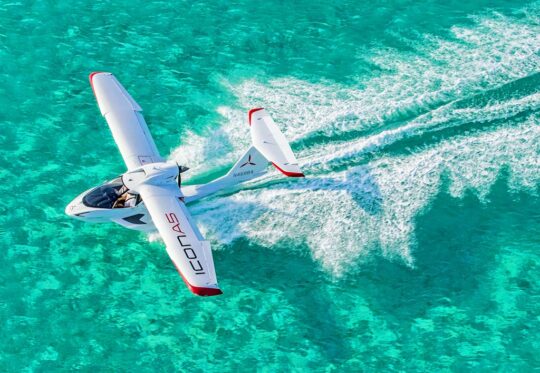 "In countries that do not have a Light-Sport category (Canada and others), the Type Certified version of the
"In countries that do not have a Light-Sport category (Canada and others), the Type Certified version of the 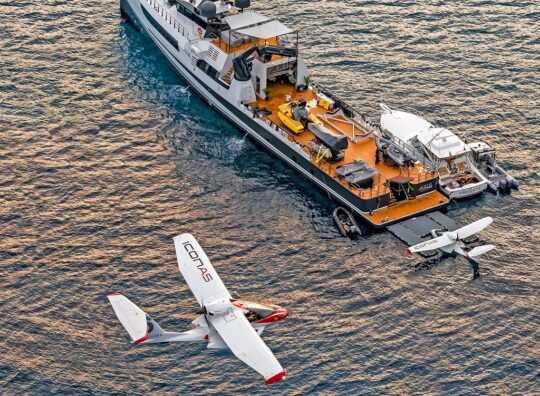 Primary Category certification also has benefits in the U.S., Icon reported. One is that any A&P is authorized to work on it. Because it is not a SLSA, owners will not need to use designated Icon Service Partners, though the company will still encourage them to do so.
Another benefit is international travel, for example, flying your Icon A5 to islands in the Caribbean, or to keep your A5 on a yacht when you are in another country (image). "Light-Sport Aircraft do not receive a Type Certificate," Icon explained, "so typically, special permission is required before you can fly in another country just like if you are flying an Experimental aircraft." Some exceptions exist, notably in the Bahamas, which does allow U.S.-registered LSAs. The Bahamas is further unique among other countries in that they accept FAA's Sport Pilot certificate.
Primary Category certification also has benefits in the U.S., Icon reported. One is that any A&P is authorized to work on it. Because it is not a SLSA, owners will not need to use designated Icon Service Partners, though the company will still encourage them to do so.
Another benefit is international travel, for example, flying your Icon A5 to islands in the Caribbean, or to keep your A5 on a yacht when you are in another country (image). "Light-Sport Aircraft do not receive a Type Certificate," Icon explained, "so typically, special permission is required before you can fly in another country just like if you are flying an Experimental aircraft." Some exceptions exist, notably in the Bahamas, which does allow U.S.-registered LSAs. The Bahamas is further unique among other countries in that they accept FAA's Sport Pilot certificate.
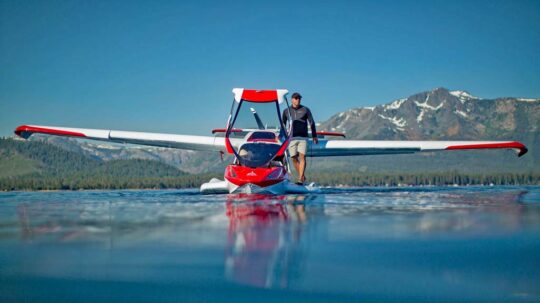 "International expansion has been a critical part of our business plan since day one,” said Jason Huang, President of Icon Aircraft. “People in the U.S. have been able to enjoy adventure flying in the Icon A5 for several years, and we will continue to produce the SLSA version. But now we are excited to introduce the A5 to others around the world. Type Certification is one of the many investments Icon has made to grow our capabilities and improve the A5. We know it will be appreciated by our international deposit holders and sales partners, and we are all very excited for this day to come."
"International expansion has been a critical part of our business plan since day one,” said Jason Huang, President of Icon Aircraft. “People in the U.S. have been able to enjoy adventure flying in the Icon A5 for several years, and we will continue to produce the SLSA version. But now we are excited to introduce the A5 to others around the world. Type Certification is one of the many investments Icon has made to grow our capabilities and improve the A5. We know it will be appreciated by our international deposit holders and sales partners, and we are all very excited for this day to come."
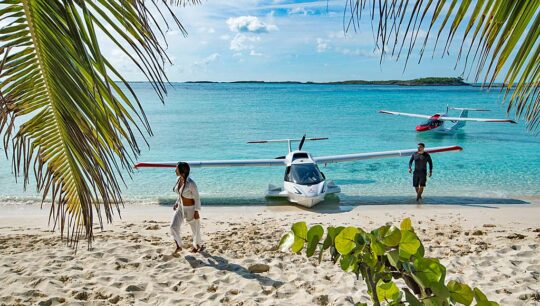 "Note that we will continue to make the SLSA version, as well," assured Huang. This continues the chance for American pilots to fly A5 without the need for an aviation medical, using only their driver's license in lieu of a medical approval.
Why not pursue approval using the coming regulation often referred to as Mosaic?
"Mosaic is an FAA initiative that doesn’t translate globally," stated the company. "Thus, pursuing Primary Category Certification is the action we needed to coincide with our global expansion plans."
"Note that we will continue to make the SLSA version, as well," assured Huang. This continues the chance for American pilots to fly A5 without the need for an aviation medical, using only their driver's license in lieu of a medical approval.
Why not pursue approval using the coming regulation often referred to as Mosaic?
"Mosaic is an FAA initiative that doesn’t translate globally," stated the company. "Thus, pursuing Primary Category Certification is the action we needed to coincide with our global expansion plans."
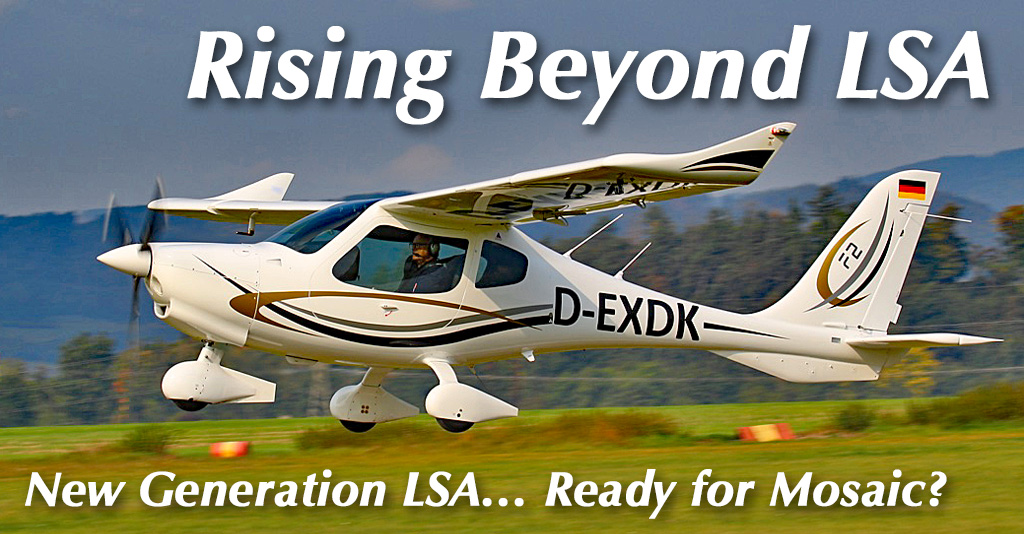
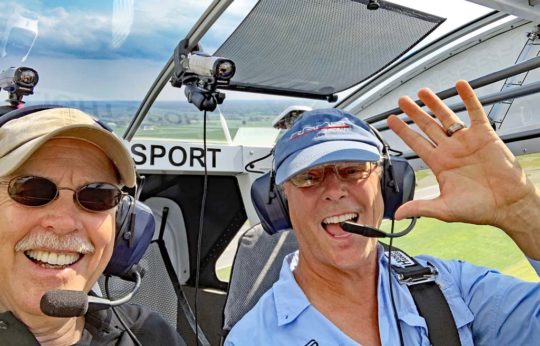 The Covid pandemic of 2020/2021 appears not to have slowed enjoyment of flying for fun… for most of us anyway. I sincerely regret anyone who suffered during this period but sport aviation has held up surprisingly well.
In this article, I will tackle a couple reader questions, the sort I hear all the time. To answer several people with one response, I asked reader John Joyce if I could use his question and name. He consented, so here we go…
The Covid pandemic of 2020/2021 appears not to have slowed enjoyment of flying for fun… for most of us anyway. I sincerely regret anyone who suffered during this period but sport aviation has held up surprisingly well.
In this article, I will tackle a couple reader questions, the sort I hear all the time. To answer several people with one response, I asked reader John Joyce if I could use his question and name. He consented, so here we go…
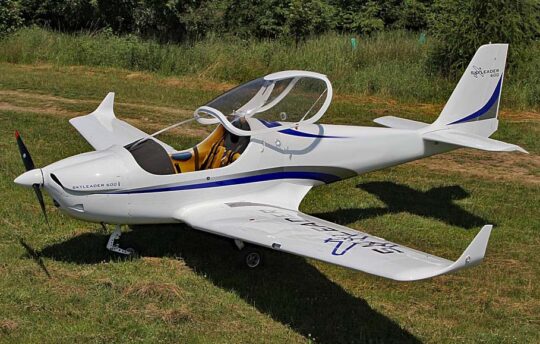 "By way of example," John continued, "there are nearly 300 SportCruisers registered in the US, as well as nearly 350 Flight Design models, but only 3 Skyleaders. I’m not picking on Skyleader; there are many manufacturers with just two, five or 20 registrations in the database."
Matter of fact, our N-number database is another useful reference we offer. You can use the
"By way of example," John continued, "there are nearly 300 SportCruisers registered in the US, as well as nearly 350 Flight Design models, but only 3 Skyleaders. I’m not picking on Skyleader; there are many manufacturers with just two, five or 20 registrations in the database."
Matter of fact, our N-number database is another useful reference we offer. You can use the 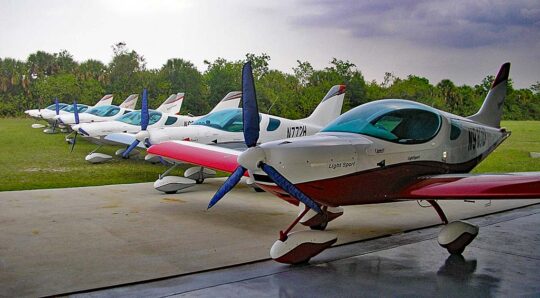
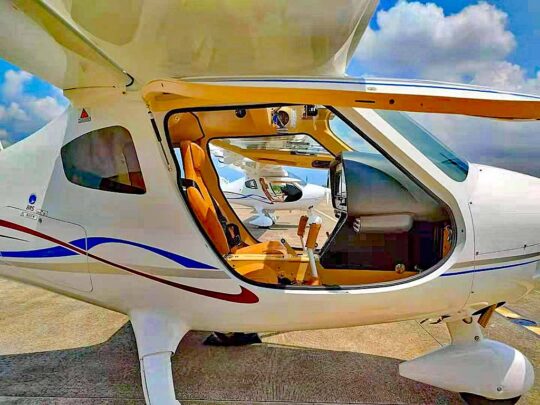
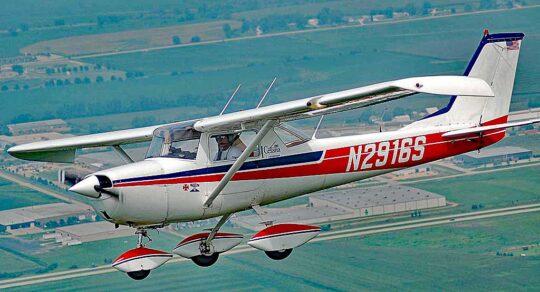
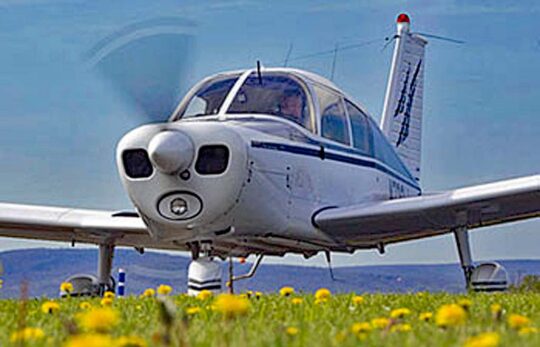
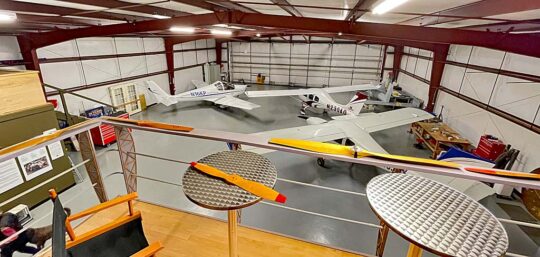
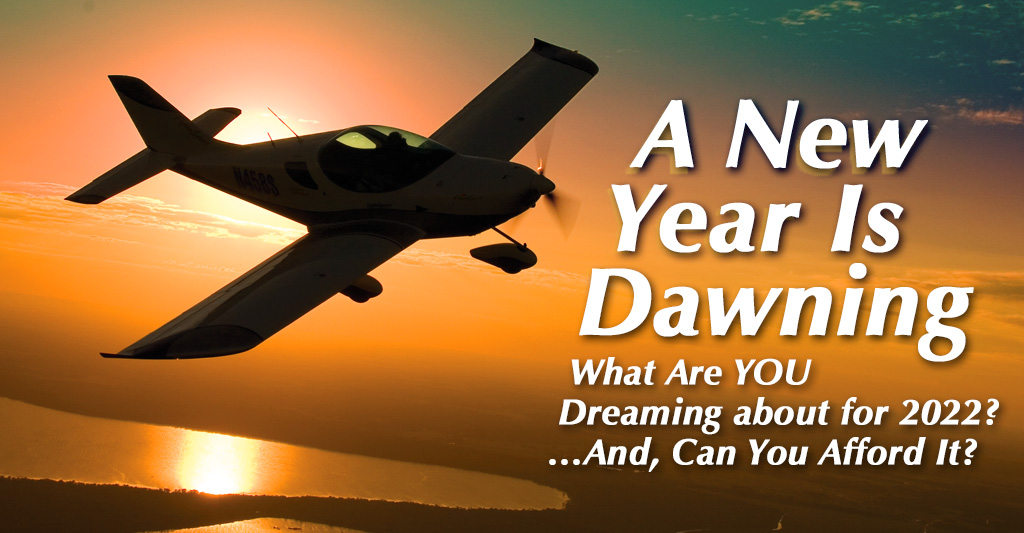
 This website regularly promotes affordable aviation. Can you genuinely find an aircraft you like that is affordable? If so, are the smaller shows — ones I call "sector-specific" — the place to find them?
Those two questions come up all the time on ByDanJohnson.com.
When you read Flying magazine or AOPA Pilot, the odds are low that readers of this website will find something they can afford. Both titles do a high quality job of covering aviation and I am glad they continue (though Flying is scaling back their print magazine to just four times a year). Yet the aircraft these two periodicals cover are almost never something I can afford; you may feel similarly.
The fact is most aviation magazines and the bigger airshows are full of aircraft most of us cannot afford.
This website regularly promotes affordable aviation. Can you genuinely find an aircraft you like that is affordable? If so, are the smaller shows — ones I call "sector-specific" — the place to find them?
Those two questions come up all the time on ByDanJohnson.com.
When you read Flying magazine or AOPA Pilot, the odds are low that readers of this website will find something they can afford. Both titles do a high quality job of covering aviation and I am glad they continue (though Flying is scaling back their print magazine to just four times a year). Yet the aircraft these two periodicals cover are almost never something I can afford; you may feel similarly.
The fact is most aviation magazines and the bigger airshows are full of aircraft most of us cannot afford.
 The truth is that every time I survey vendors at these two events — plus the
The truth is that every time I survey vendors at these two events — plus the 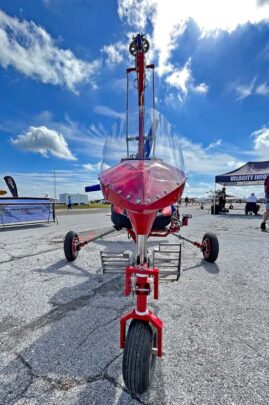
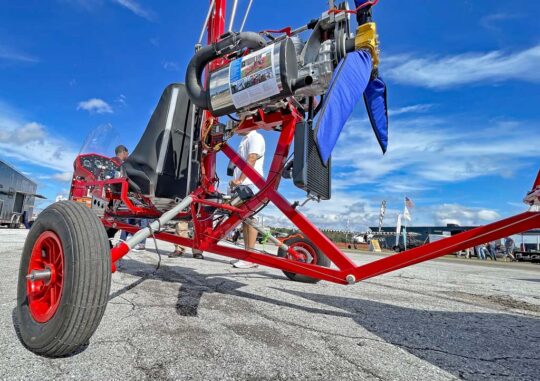
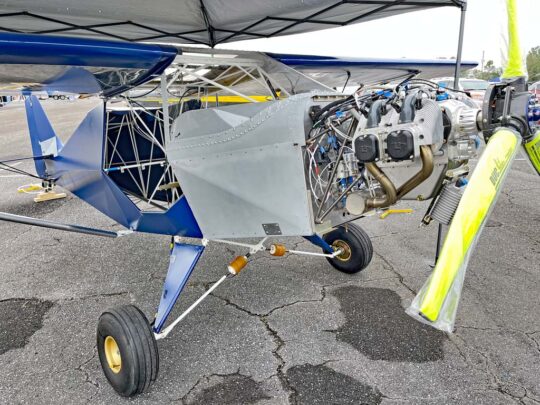 Aeropup is a "back to basics flying machine with modern engineering," said Don when we spoke at DeLand Showcase 2021. He added that it is "extraordinarily rugged and an extraordinary value." What kind of value?
"The kit is only $18,000 [an introductory price, he notes] and can be flying for as little as $40,000 and 500 hours of build time," said Don. I'd call that affordable but I what I mentioned above still applies.
Because Aeropup is a kit, of course you can configure it any way you like. Given a modest 540-pound empty weight (depending on which engine you mount) Aeropup can have a high useful load of 780 pounds. Even using all 24 gallons of fuel capacity, Aeropup offers a payload of 636 pounds, enough for two big American men plus generous baggage. Heavier engine choices will use some of those pounds, but the design should still carry a lot of what you want. A 46-inch-wide cockpit provides adequate elbow room for those boys on board.
What engines are supported? Don has installed a
Aeropup is a "back to basics flying machine with modern engineering," said Don when we spoke at DeLand Showcase 2021. He added that it is "extraordinarily rugged and an extraordinary value." What kind of value?
"The kit is only $18,000 [an introductory price, he notes] and can be flying for as little as $40,000 and 500 hours of build time," said Don. I'd call that affordable but I what I mentioned above still applies.
Because Aeropup is a kit, of course you can configure it any way you like. Given a modest 540-pound empty weight (depending on which engine you mount) Aeropup can have a high useful load of 780 pounds. Even using all 24 gallons of fuel capacity, Aeropup offers a payload of 636 pounds, enough for two big American men plus generous baggage. Heavier engine choices will use some of those pounds, but the design should still carry a lot of what you want. A 46-inch-wide cockpit provides adequate elbow room for those boys on board.
What engines are supported? Don has installed a 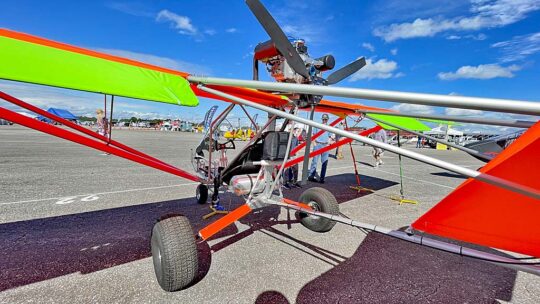 I cannot / should not fail to mention
I cannot / should not fail to mention 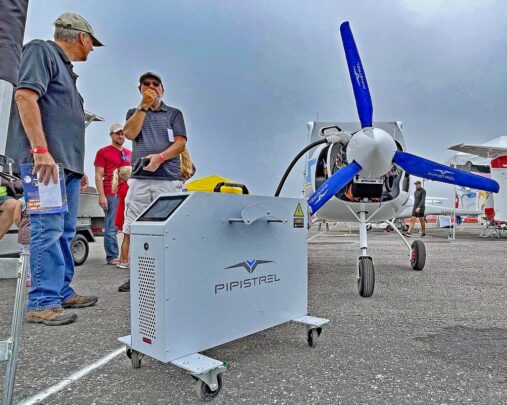 Speaking of electric propulsion — though not so much about affordability — I can never overlook
Speaking of electric propulsion — though not so much about affordability — I can never overlook 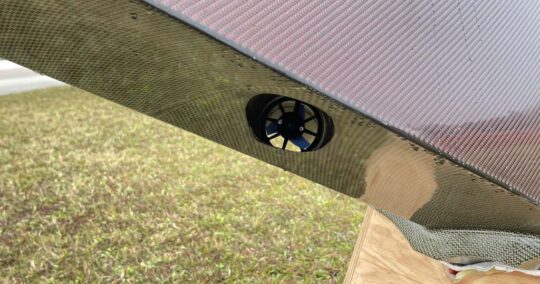 Finally, floats. If you like flying off the water — or the safely aspect of quadrupling your available landing areas — you gotta have something to keep your bird out of the drink. Several other producers make floats but an old friend, Lavern Dence, showed one of the coolest ideas I've seen on light aircraft floats. No, I don't mean his use of a beautiful color-speckled carbon fiber, which looks reddish in the nearby photo but his business card made from the exotic cloth had blue accents; either way it is very striking.
The construction was up to this handy fellow's usual par but it wasn't the finish that got my attention. Honestly, I would never have seen the feature had Lavern not pointed it out. His website will be KashFloats.com but that's not up yet so he advises, "Just text me at 941-457-8005." They are presently available as straight floats only.
The magic is a cleanly-embedded thruster built right into the base of the float. Skip the clunky, draggy look of water rudders and all the mechanical linkage they require. Instead an electric-motor-driven thruster helps you maneuver on water. This is a very clever idea, about what anyone who knows Lavern would expect.
Finally, floats. If you like flying off the water — or the safely aspect of quadrupling your available landing areas — you gotta have something to keep your bird out of the drink. Several other producers make floats but an old friend, Lavern Dence, showed one of the coolest ideas I've seen on light aircraft floats. No, I don't mean his use of a beautiful color-speckled carbon fiber, which looks reddish in the nearby photo but his business card made from the exotic cloth had blue accents; either way it is very striking.
The construction was up to this handy fellow's usual par but it wasn't the finish that got my attention. Honestly, I would never have seen the feature had Lavern not pointed it out. His website will be KashFloats.com but that's not up yet so he advises, "Just text me at 941-457-8005." They are presently available as straight floats only.
The magic is a cleanly-embedded thruster built right into the base of the float. Skip the clunky, draggy look of water rudders and all the mechanical linkage they require. Instead an electric-motor-driven thruster helps you maneuver on water. This is a very clever idea, about what anyone who knows Lavern would expect.
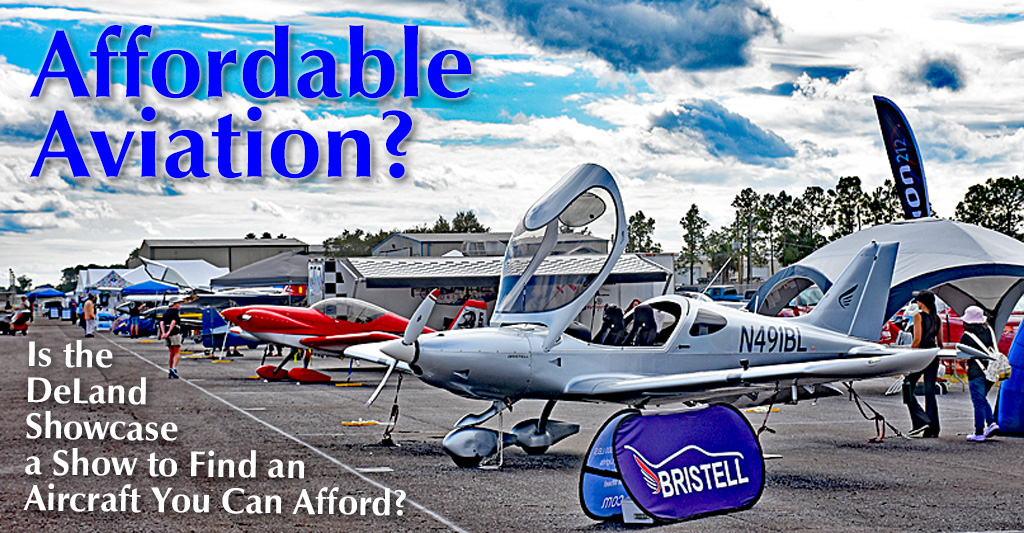
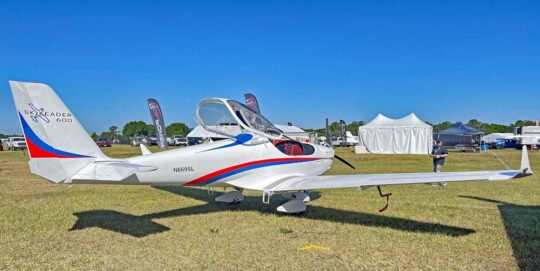 Those LSA veterans may be recalling Kappa KP5, one of the earliest entries on our SLSA List (#9). It was originally sold under the European brand name Jihlavan and that challenging name for Americans may be a good reason the Czech producer changed to the better marketing name,
Those LSA veterans may be recalling Kappa KP5, one of the earliest entries on our SLSA List (#9). It was originally sold under the European brand name Jihlavan and that challenging name for Americans may be a good reason the Czech producer changed to the better marketing name, 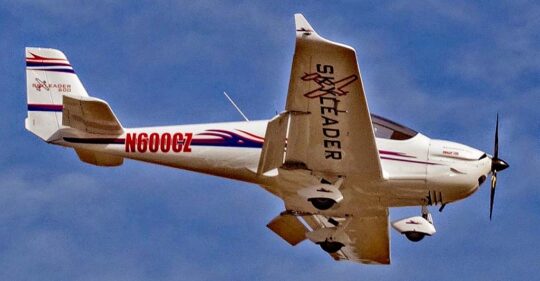 In the interview, Michael also provides other desirable features of the Skyleader 600.
Yet this airplane has a longer background in light aviation and I have reported on it some time back. While my 2008 pilot report is clearly not the latest information much of what I reported in
In the interview, Michael also provides other desirable features of the Skyleader 600.
Yet this airplane has a longer background in light aviation and I have reported on it some time back. While my 2008 pilot report is clearly not the latest information much of what I reported in 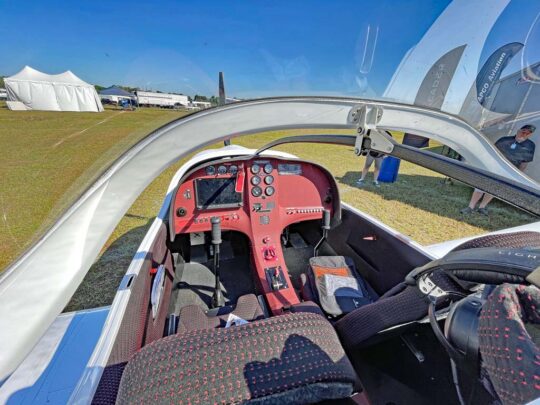 To save you plowing through a 4,200-word article — though some may enjoy the great detail — I present some excerpts below …again noting this that is not the latest info. To truly grasp what a fine Light-Sport Aircraft Skyleader 600 is, I urge to you link up with Michael Tomazin at an airshow. He attends the big events and you may also find him again at the
To save you plowing through a 4,200-word article — though some may enjoy the great detail — I present some excerpts below …again noting this that is not the latest info. To truly grasp what a fine Light-Sport Aircraft Skyleader 600 is, I urge to you link up with Michael Tomazin at an airshow. He attends the big events and you may also find him again at the 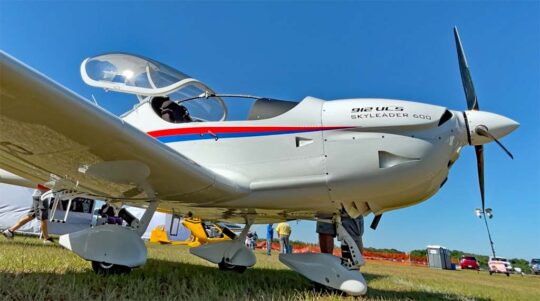 Several years ago, company engineers altered the design for American consumption, widening the cockpit to 47.2 inches, 8 inches wider than a Cessna 172 Skyhawk.
Harmony in the controls is quite good. Pressures are light and response is crisp without being sudden.
I figured rolls from 45° to 45° took about 3 seconds. The Wide Body Skyleader offers very responsive handling with modestly light control forces.
Although the [aircraft of that day] slows down well as proved by my experience with stalls, controls remain very responsive right down to minimum flying speeds. With those Fowler flaps extended well aft, the airplane seems content flying at 45 miles per hour (39 knots).
Several years ago, company engineers altered the design for American consumption, widening the cockpit to 47.2 inches, 8 inches wider than a Cessna 172 Skyhawk.
Harmony in the controls is quite good. Pressures are light and response is crisp without being sudden.
I figured rolls from 45° to 45° took about 3 seconds. The Wide Body Skyleader offers very responsive handling with modestly light control forces.
Although the [aircraft of that day] slows down well as proved by my experience with stalls, controls remain very responsive right down to minimum flying speeds. With those Fowler flaps extended well aft, the airplane seems content flying at 45 miles per hour (39 knots).
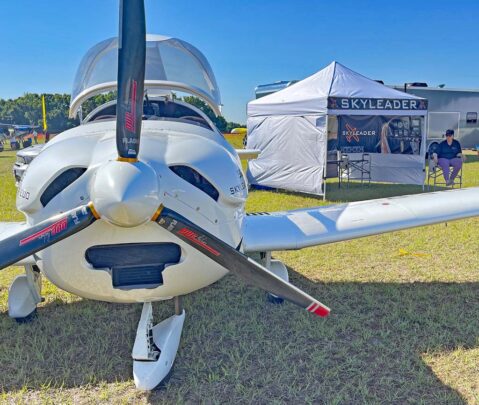 With fixed gear and prop, glide remains a very respectable 14:1 (for comparison, a Cessna 150 has a published glide of 9.5:1). I could feel our test plane stretch a glide and sink slowly.
Main gear is very forgiving and feels very sturdy. I had three landings [where the representative] said I tended to raise the nose unnecessarily high, which caused me to plop in on the gear. However, this showed how wonderfully well the gear cushioned my touchdowns.
I performed approach and departure stalls plus accelerated stalls. Most fell to the right a little faster than I’d consider optimal [please remember this was an airplane from 13 years ago], but recovery was always easy. In no case was power required to recover from stall with minimal altitude loss.
After noting the right-hand break, I paid extra attention when I did accelerated stalls to the right. But even with the wing bank at about 45°, the [earlier model] rolled out level, confirming the reasonable stall characteristics of this airplane.
With fixed gear and prop, glide remains a very respectable 14:1 (for comparison, a Cessna 150 has a published glide of 9.5:1). I could feel our test plane stretch a glide and sink slowly.
Main gear is very forgiving and feels very sturdy. I had three landings [where the representative] said I tended to raise the nose unnecessarily high, which caused me to plop in on the gear. However, this showed how wonderfully well the gear cushioned my touchdowns.
I performed approach and departure stalls plus accelerated stalls. Most fell to the right a little faster than I’d consider optimal [please remember this was an airplane from 13 years ago], but recovery was always easy. In no case was power required to recover from stall with minimal altitude loss.
After noting the right-hand break, I paid extra attention when I did accelerated stalls to the right. But even with the wing bank at about 45°, the [earlier model] rolled out level, confirming the reasonable stall characteristics of this airplane.
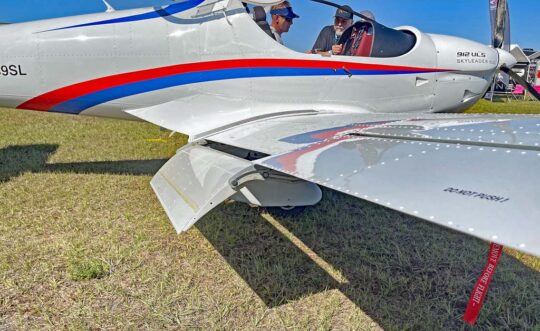
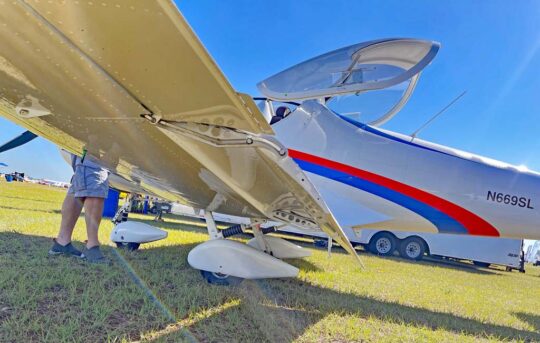 You can read the entire report for lots more information if you wish, but here's the way I started the earlier report, "I’ve felt before and confirmed again that KP-5 (now Skyleader 500) is one of the sweetest handling Special Light-Sport Aircraft in the fleet."
Skyleader 600 is a leading entry in the LSA space but
You can read the entire report for lots more information if you wish, but here's the way I started the earlier report, "I’ve felt before and confirmed again that KP-5 (now Skyleader 500) is one of the sweetest handling Special Light-Sport Aircraft in the fleet."
Skyleader 600 is a leading entry in the LSA space but 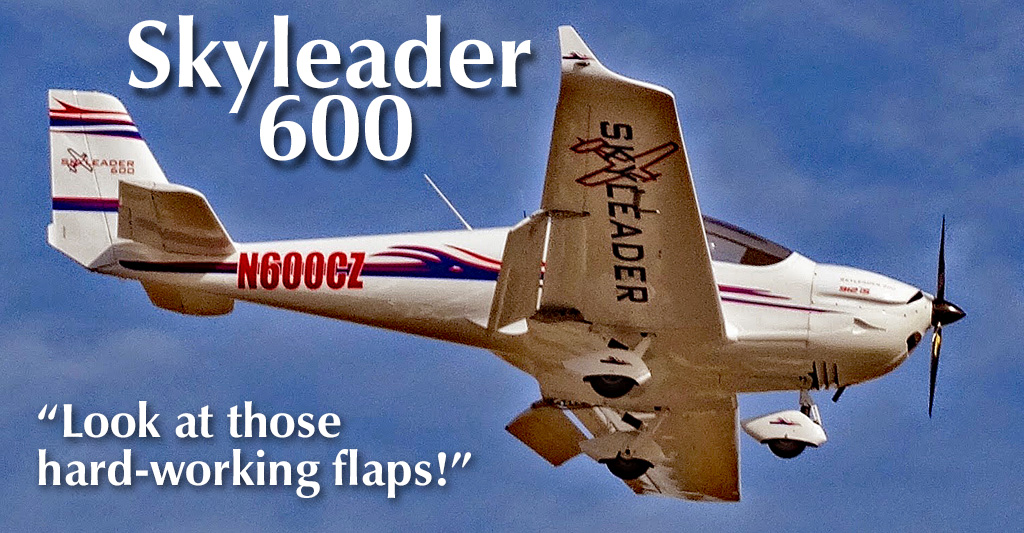
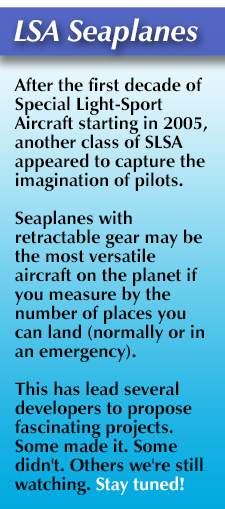
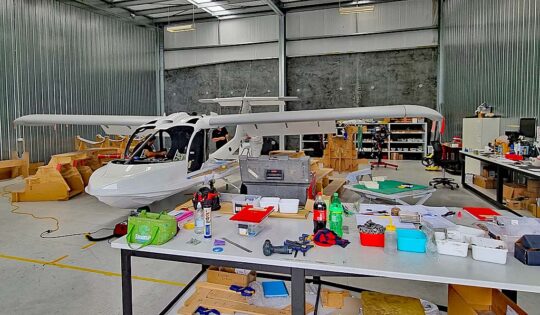
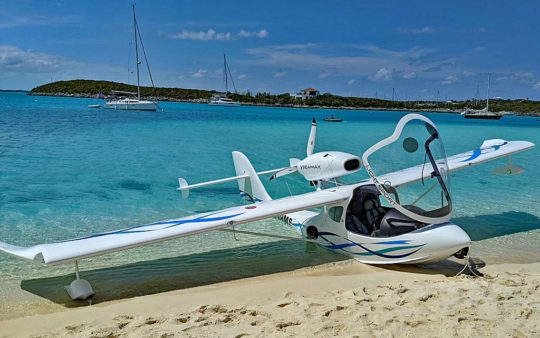
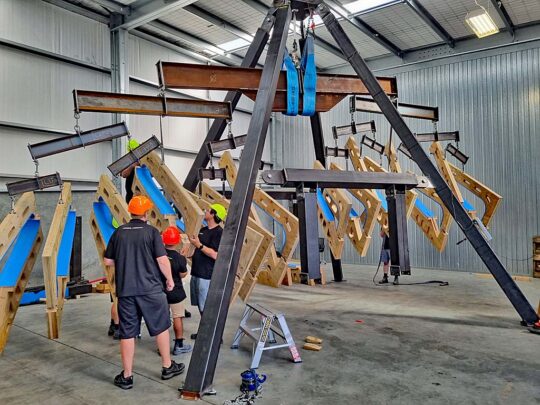
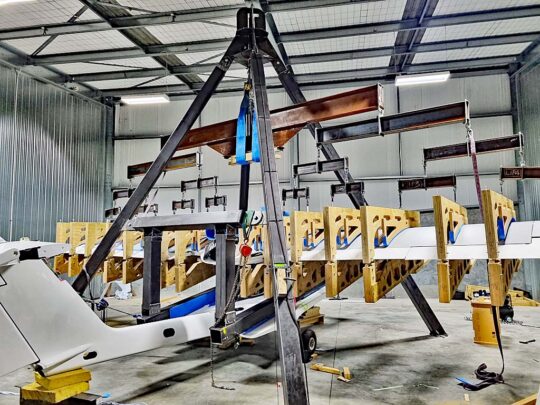 Great existing designs, a high-end model, other fascinating forays that upped the game, and a full market of choices — what does a new high-end entrant have to do? A lot! Breaking into this well-supplied sector of light aviation demands an impressive entry. Vickers appears well poised to bring something truly interesting and one built with the future in mind. It also got the
Great existing designs, a high-end model, other fascinating forays that upped the game, and a full market of choices — what does a new high-end entrant have to do? A lot! Breaking into this well-supplied sector of light aviation demands an impressive entry. Vickers appears well poised to bring something truly interesting and one built with the future in mind. It also got the 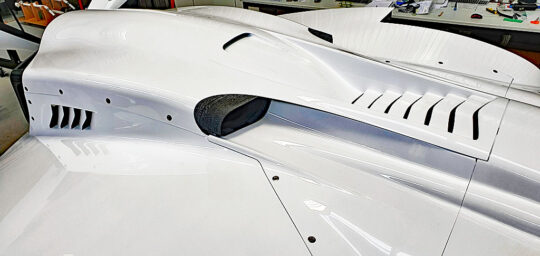
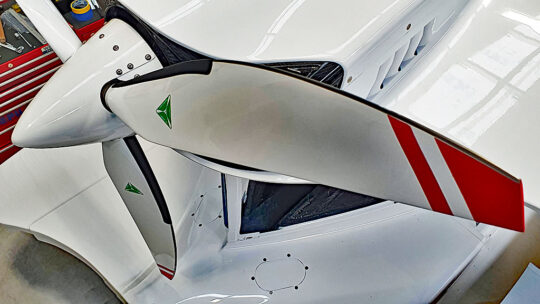
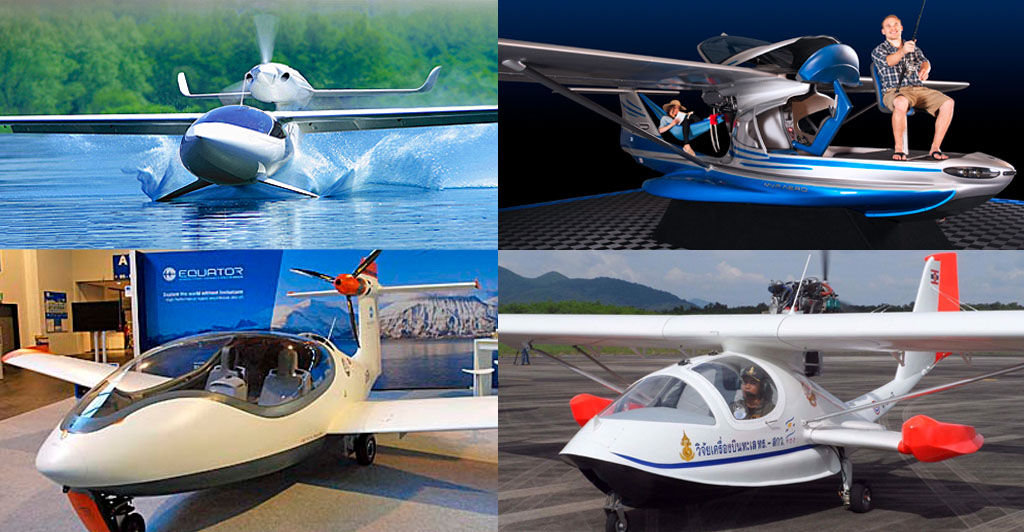
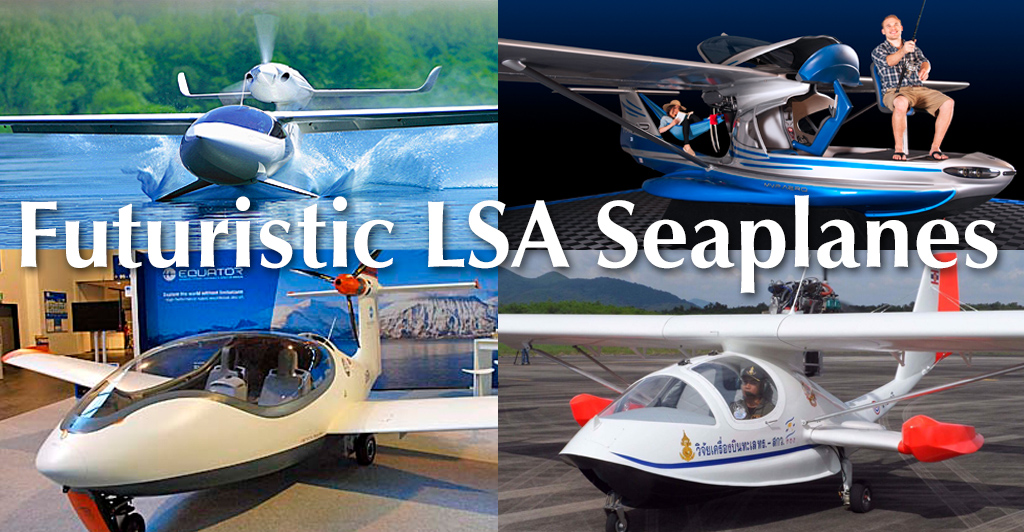
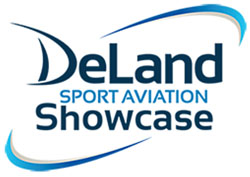 In retrospect, 2021 improved on surprisingly good results for 2020. Pilots are buying and flying — great! — while producers are maintaining or growing; both are good outcomes we can celebrate.
While much of America and the world were topsy turvy over the pandemic and the sweeping mandates placed on individuals and businesses, Light-Sport Aircraft fared reasonably well. Translation: sales held roughly steady despite Covid fear and talk of FAA regulation change hanging in the air.
The Sport Pilot kit market and Part 103 ultralights had nothing short of a banner year
In retrospect, 2021 improved on surprisingly good results for 2020. Pilots are buying and flying — great! — while producers are maintaining or growing; both are good outcomes we can celebrate.
While much of America and the world were topsy turvy over the pandemic and the sweeping mandates placed on individuals and businesses, Light-Sport Aircraft fared reasonably well. Translation: sales held roughly steady despite Covid fear and talk of FAA regulation change hanging in the air.
The Sport Pilot kit market and Part 103 ultralights had nothing short of a banner year 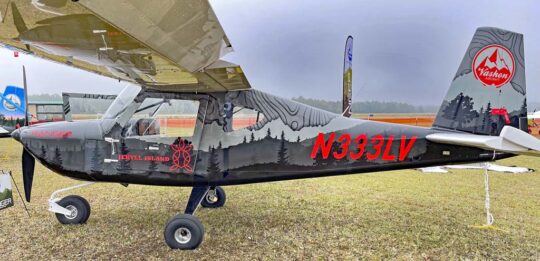
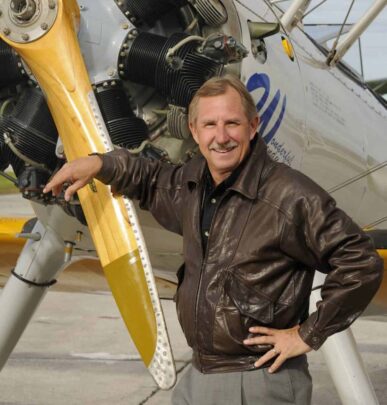
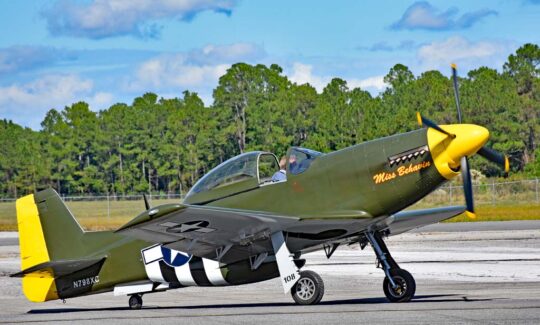
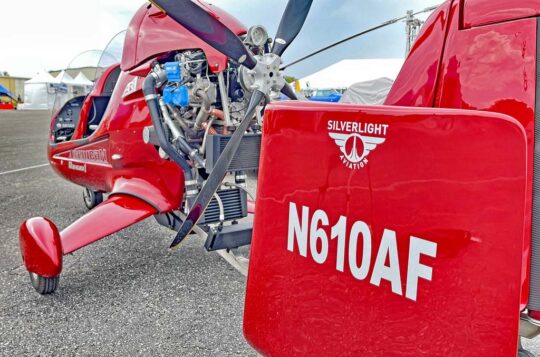
 It may be too early for this kind of thing, and I don't typically go very far into gift suggestions. I know most of you visit ByDanJohnson.com to read nuts-and-bolts information and airplane flight qualities, but many pilots have those dark, cloudy days of winter ahead when flying our recreational aircraft is less predictable.
So… how about a good book?
I am reading "Sky Stories" by a good friend in the publishing game, Dave Unwin. You know his name because he has
It may be too early for this kind of thing, and I don't typically go very far into gift suggestions. I know most of you visit ByDanJohnson.com to read nuts-and-bolts information and airplane flight qualities, but many pilots have those dark, cloudy days of winter ahead when flying our recreational aircraft is less predictable.
So… how about a good book?
I am reading "Sky Stories" by a good friend in the publishing game, Dave Unwin. You know his name because he has 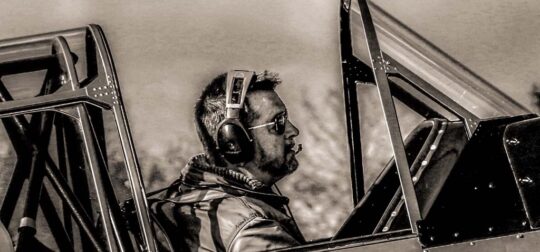
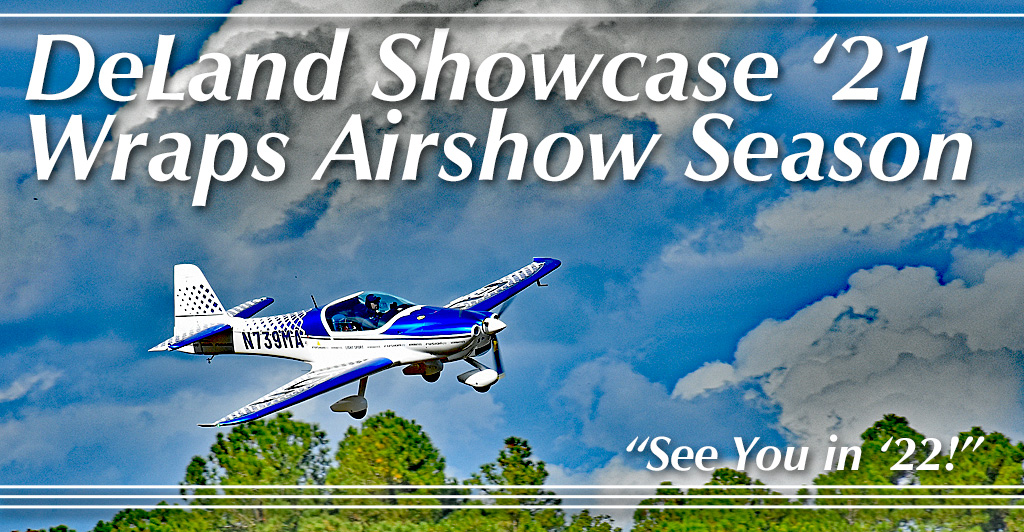
 This is a slightly more condensed version of the talk I gave at the
This is a slightly more condensed version of the talk I gave at the 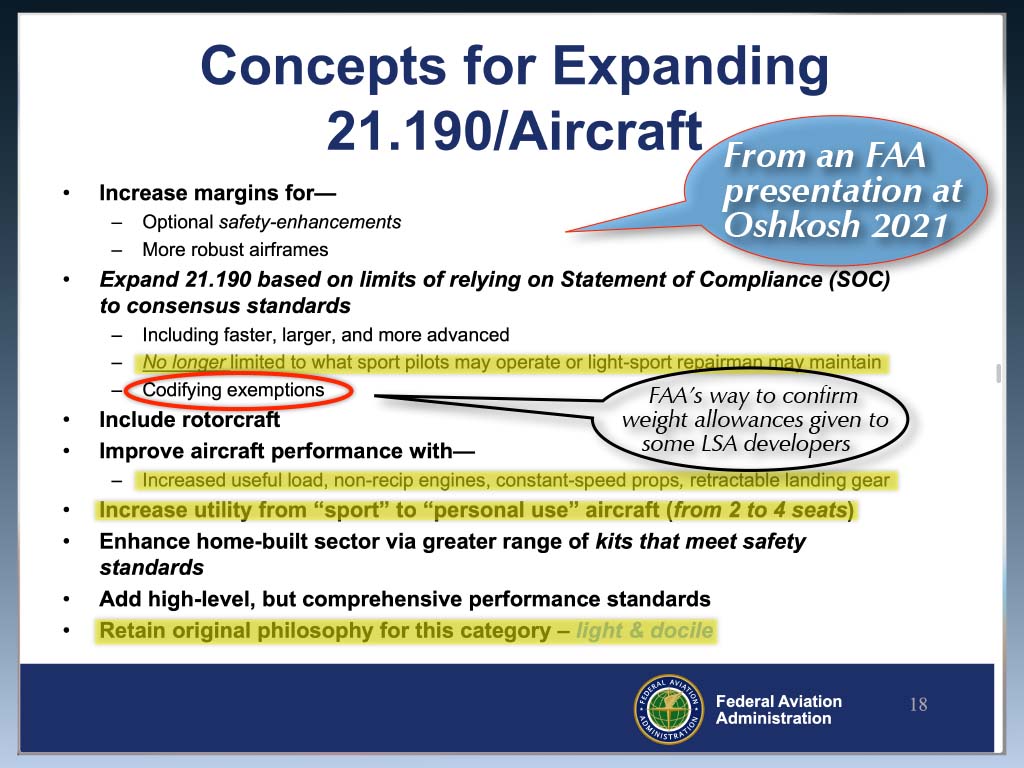
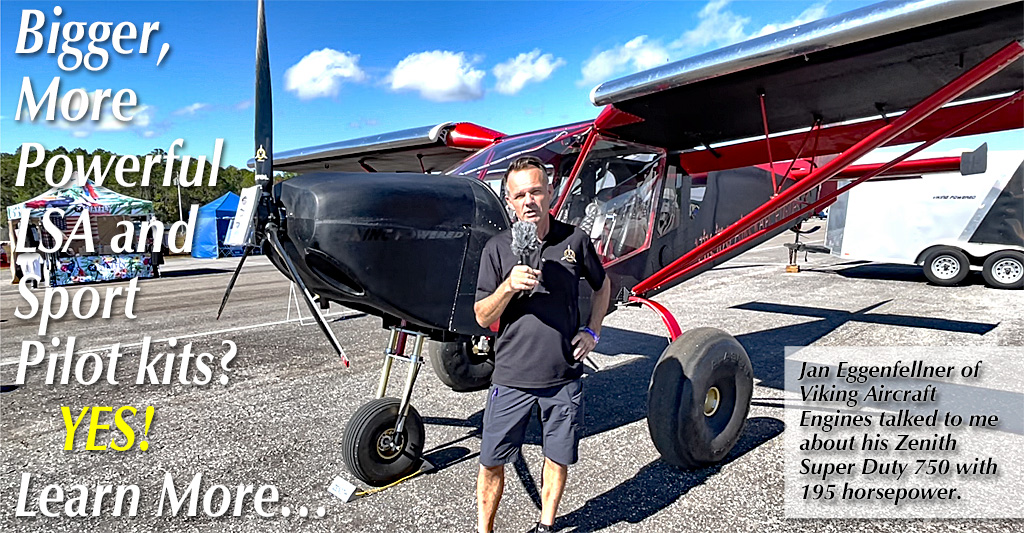
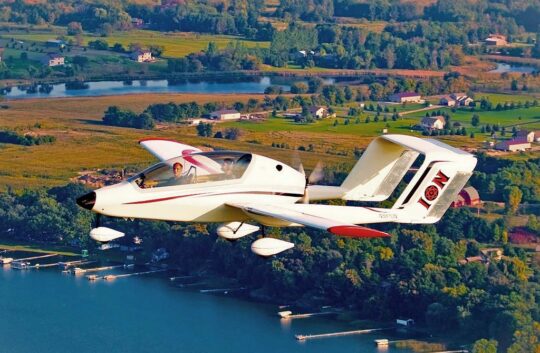 Such is the nature of developing a small aircraft. Most aircraft buyers have little idea about the million and one things that must come together to create a design.
Once the aircraft has proven itself, the challenge starts anew to put a completed model into production. Usually financing becomes an obstacle to clear. I've faced this scenario myself — with a motorglider called
Such is the nature of developing a small aircraft. Most aircraft buyers have little idea about the million and one things that must come together to create a design.
Once the aircraft has proven itself, the challenge starts anew to put a completed model into production. Usually financing becomes an obstacle to clear. I've faced this scenario myself — with a motorglider called 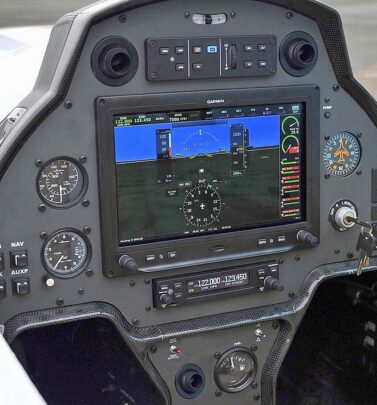 Nonetheless, I was pleased to receive a notice that Ion found a buyer for the project, a venture capital company at that. This will not be a mom-and-pop-funded project.
Nonetheless, I was pleased to receive a notice that Ion found a buyer for the project, a venture capital company at that. This will not be a mom-and-pop-funded project.
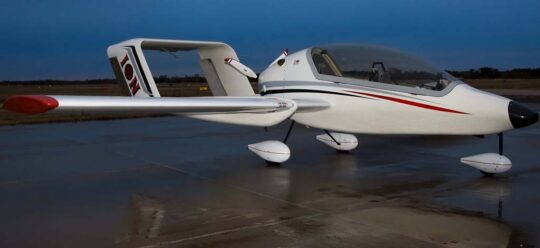 Located near the University of California San Diego, the capital company is involved with other projects including business jets and eVTOLs plus medical and financial products. Since the acquisition is recent, it is premature to describe where and how Gaea will produce the aircraft.
Tim Apgar wrote, "Ion Aircraft LLC, which has been for sale since November 2020, was recently acquired by venture-capital investor Gaea Capital on September 10, 2021. Hopefully, this will enable Ion to finalize the design and enable marketing of their LSA product after many years of development."
Located near the University of California San Diego, the capital company is involved with other projects including business jets and eVTOLs plus medical and financial products. Since the acquisition is recent, it is premature to describe where and how Gaea will produce the aircraft.
Tim Apgar wrote, "Ion Aircraft LLC, which has been for sale since November 2020, was recently acquired by venture-capital investor Gaea Capital on September 10, 2021. Hopefully, this will enable Ion to finalize the design and enable marketing of their LSA product after many years of development."
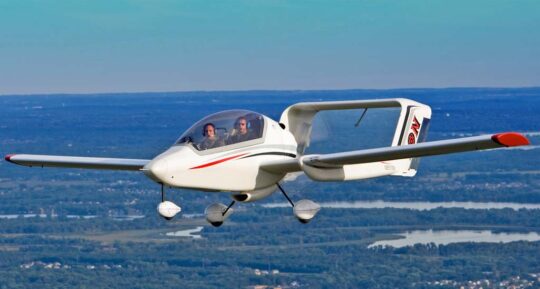 After the acquisition, Tim updated his earlier communications, "The
After the acquisition, Tim updated his earlier communications, "The 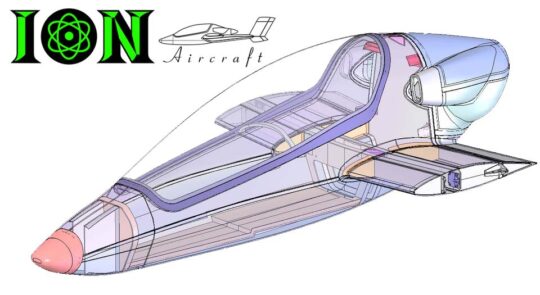
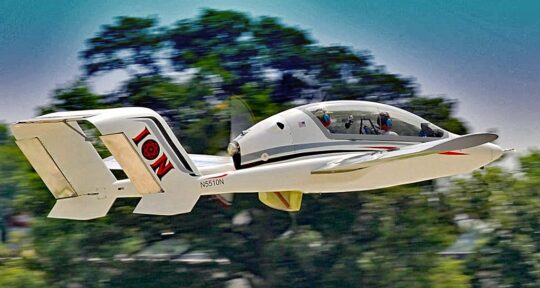
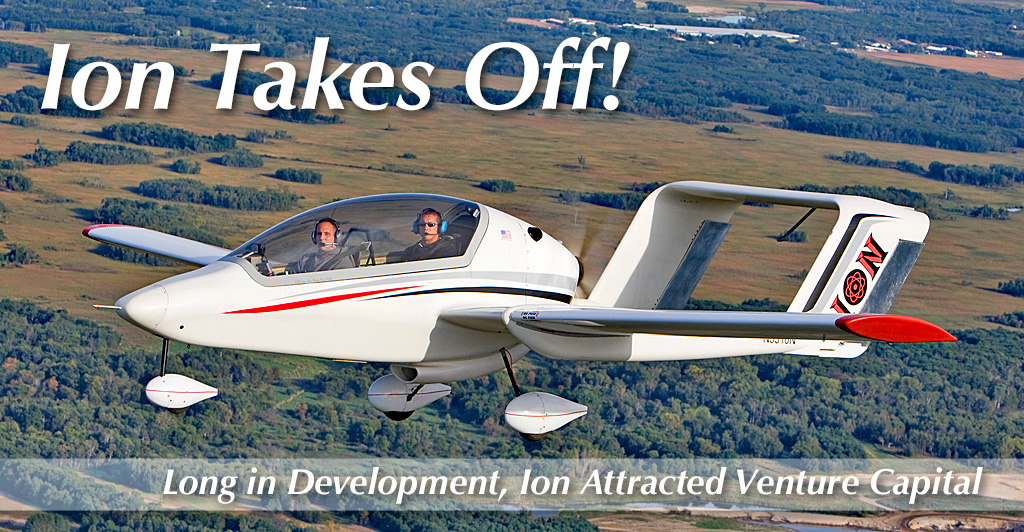
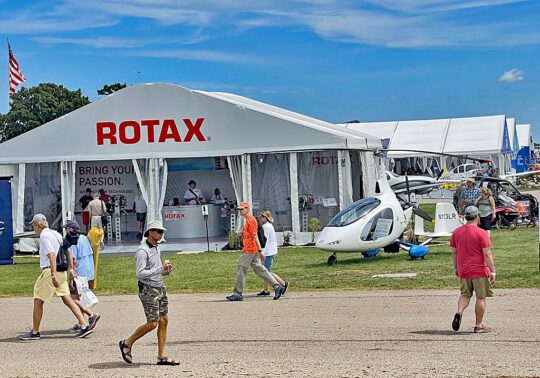 Back in 1998 many pilots were doubtful about Cirrus.
I was close to the company during these years. Over and over I heard statements such as: "They'll never complete the design." "They'll never get FAA to approve it (especially with that parachute on board)." "They'll never raise the money to produce it." "They'll never get production to a profitable level." "They'll never develop beyond a single model." Those doubters were wrong on all counts.
Only a few years earlier, in 1992, Americans got their first glimpse of the
Back in 1998 many pilots were doubtful about Cirrus.
I was close to the company during these years. Over and over I heard statements such as: "They'll never complete the design." "They'll never get FAA to approve it (especially with that parachute on board)." "They'll never raise the money to produce it." "They'll never get production to a profitable level." "They'll never develop beyond a single model." Those doubters were wrong on all counts.
Only a few years earlier, in 1992, Americans got their first glimpse of the 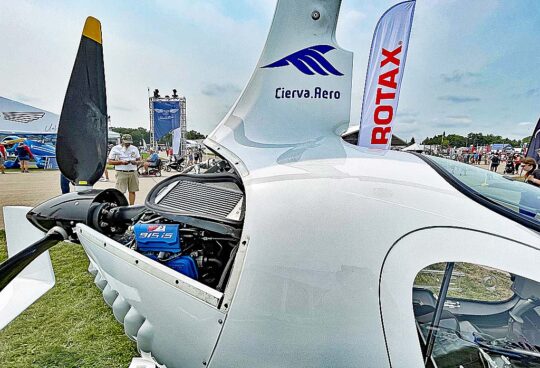 Rotax powers all kinds of recreational vehicles and recently announced, "
Rotax powers all kinds of recreational vehicles and recently announced, "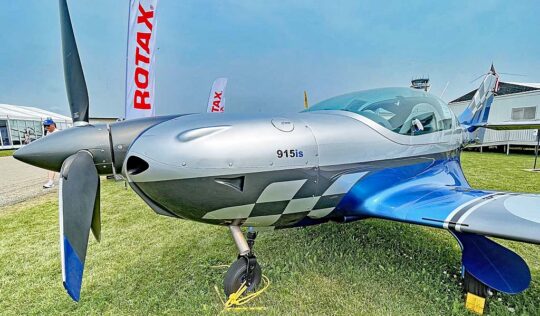
 BRP President and CEO José Boisjoli invited guests of honor from the parent company plus Rotax employees to celebrate this success.
BRP President and CEO José Boisjoli invited guests of honor from the parent company plus Rotax employees to celebrate this success.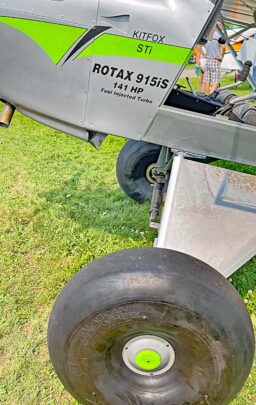 Gunskirchen assembly employees joined guests from BRP-Rotax's Canadian parent company as Boisjoli thanked the team in his speech, congratulating them on their dedication. Major company officials attending the celebration in Upper Austria on behalf of BRP were Thomas Uhr, Senior Vice-President Product Engineering and Manufacturing Operations Powersports, Anne Le Breton, Senior Vice-President Human Resources, Eric Lebel, Vice-President Human Resources and Minh Thanh Tran, Vice-President Corporate Strategy & Development and Global Transformation.
Gunskirchen assembly employees joined guests from BRP-Rotax's Canadian parent company as Boisjoli thanked the team in his speech, congratulating them on their dedication. Major company officials attending the celebration in Upper Austria on behalf of BRP were Thomas Uhr, Senior Vice-President Product Engineering and Manufacturing Operations Powersports, Anne Le Breton, Senior Vice-President Human Resources, Eric Lebel, Vice-President Human Resources and Minh Thanh Tran, Vice-President Corporate Strategy & Development and Global Transformation.

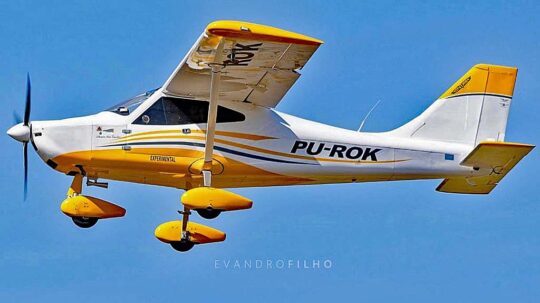 Yet designers have been hampered from making such changes, partly as they are burdened by a certification system that is simply too rigid to make the effort of approval worth it for small numbers of specially-equipped aircraft.
Cars, hotel rooms, curb construction, building ramps, smartphones, and more …all accommodate persons with disabilities. That's wonderful, however…
All those arrangements that make life easier for someone in a wheelchair must nonetheless cope with strenuous regulatory demands. Cars, hotels, and smartphones are created by vastly larger enterprises with staff to handle regulatory burdens.
Yet designers have been hampered from making such changes, partly as they are burdened by a certification system that is simply too rigid to make the effort of approval worth it for small numbers of specially-equipped aircraft.
Cars, hotel rooms, curb construction, building ramps, smartphones, and more …all accommodate persons with disabilities. That's wonderful, however…
All those arrangements that make life easier for someone in a wheelchair must nonetheless cope with strenuous regulatory demands. Cars, hotels, and smartphones are created by vastly larger enterprises with staff to handle regulatory burdens.
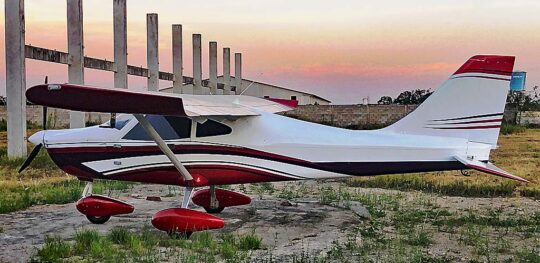 In the more intimate world of recreational aviation, the industry is composed of much smaller enterprises. A lighter regulatory hand (using ASTM standards instead of full FAA certification) allows easier airframe customization for specific purposes — such as hand control fittings and linkages — and this system allows changes on a dramatically faster schedule.
In the more intimate world of recreational aviation, the industry is composed of much smaller enterprises. A lighter regulatory hand (using ASTM standards instead of full FAA certification) allows easier airframe customization for specific purposes — such as hand control fittings and linkages — and this system allows changes on a dramatically faster schedule.
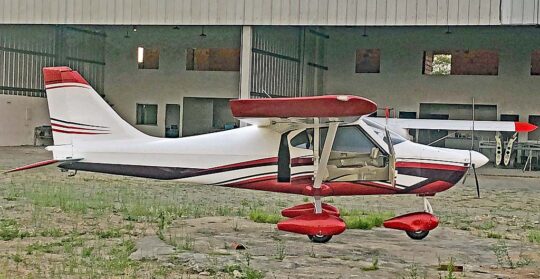 It may be tough to abide by many pages of rules yet some developers have made special efforts for pilots that lack the use of their legs.
I've already covered Magnaghi's slickly-achieved hand control
It may be tough to abide by many pages of rules yet some developers have made special efforts for pilots that lack the use of their legs.
I've already covered Magnaghi's slickly-achieved hand control 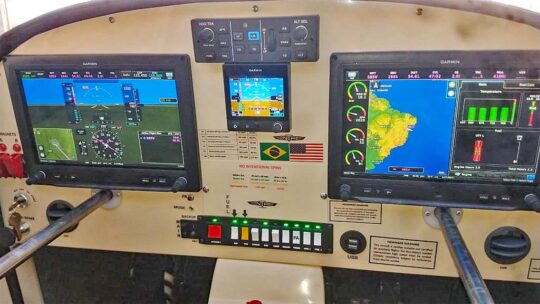 Founded in 2013 in Bahia, Brazil by aeronautical designer Bruno de Oliveira, Montaer developed MC01 as a fresh Light-Sport Aircraft based on the
Founded in 2013 in Bahia, Brazil by aeronautical designer Bruno de Oliveira, Montaer developed MC01 as a fresh Light-Sport Aircraft based on the 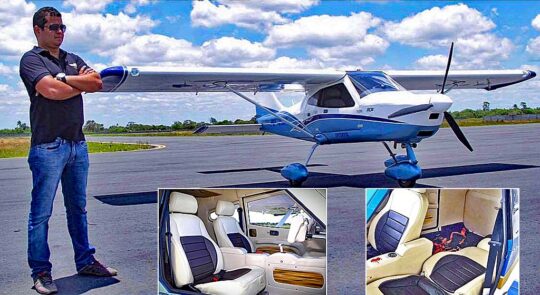 When Bruno created a hand control, he integrated it as smoothly as everything else on MC01 (check all the pictures to see for yourself). The handle accommodates throttle movements (fore-and-aft) and rudder/nosewheel movements by twisting.
MC01's enormous aft compartment and third door are further reasons why the Montaer proved compelling for one buyer.
Montaer won FAA acceptance as a Special LSA in 2019, and in 2021 established a presence at DeLand airport in central Florida, becoming affiliated with the active group at
When Bruno created a hand control, he integrated it as smoothly as everything else on MC01 (check all the pictures to see for yourself). The handle accommodates throttle movements (fore-and-aft) and rudder/nosewheel movements by twisting.
MC01's enormous aft compartment and third door are further reasons why the Montaer proved compelling for one buyer.
Montaer won FAA acceptance as a Special LSA in 2019, and in 2021 established a presence at DeLand airport in central Florida, becoming affiliated with the active group at 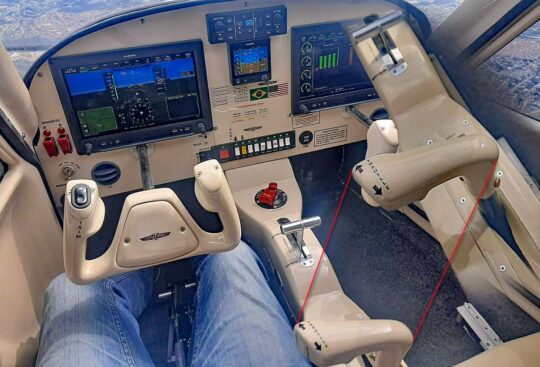 Recently Bruno wrote, "I am so happy to announce this delivery. We got the handicapped-adapted airplane registered to its new owner, Gary Hansen of Wisconsin." He added that prior U.S. representative Ed Ricks helped assemble Gary's MC01.
"This means one more Montaer flying in USA, Bruno continued. "I am manufacturing a third MC01 airplane to ship, this one with a
Recently Bruno wrote, "I am so happy to announce this delivery. We got the handicapped-adapted airplane registered to its new owner, Gary Hansen of Wisconsin." He added that prior U.S. representative Ed Ricks helped assemble Gary's MC01.
"This means one more Montaer flying in USA, Bruno continued. "I am manufacturing a third MC01 airplane to ship, this one with a 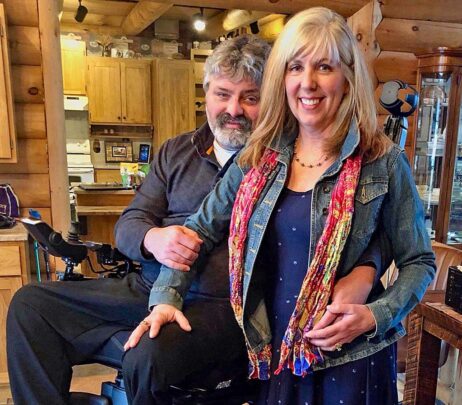 Alex added his congratulations, "USA has another Montaer MC01 aircraft flying today, a bold project adapted for a physically handicapped person. A few months after submitting the project to FAA, we achieved acceptance so the aircraft can be released to its customer. We are sure Gary will be very happy with his machine."
What I ask readers to remember is that fitting an aircraft with hand controls is somewhat a labor of love. Bruno will probably never sell enough hand-control MC01s to pay for development expenses, but keeping another pilot in the air is a powerful reward.
I applaud Bruno and those other designers for offering hand controls to pilots that need such controls.
Alex added his congratulations, "USA has another Montaer MC01 aircraft flying today, a bold project adapted for a physically handicapped person. A few months after submitting the project to FAA, we achieved acceptance so the aircraft can be released to its customer. We are sure Gary will be very happy with his machine."
What I ask readers to remember is that fitting an aircraft with hand controls is somewhat a labor of love. Bruno will probably never sell enough hand-control MC01s to pay for development expenses, but keeping another pilot in the air is a powerful reward.
I applaud Bruno and those other designers for offering hand controls to pilots that need such controls.
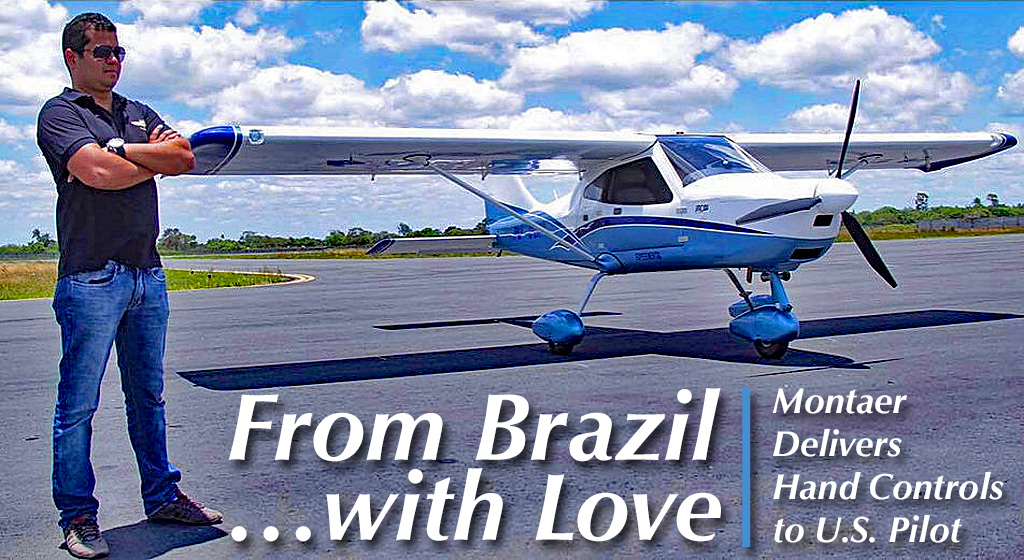
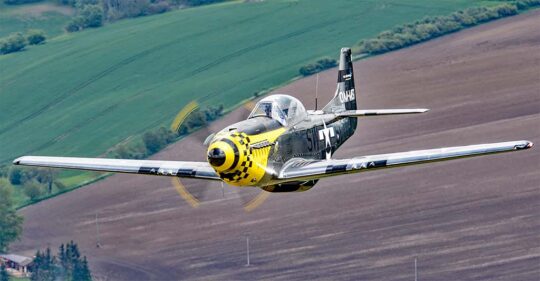 You may love your LSA or Sport Pilot kit or an ultralight aircraft, but nearly all pilots occasionally dream of owning — or at least flying — a P-51 Mustang.
Let's face it. You probably can't afford to buy one and it's almost certain you don't have the budget to maintain it and fly it. The fuel bill alone for an hour's flying will make you gasp.
So, what do you do if you have a Walter Mitty-esque urge to own and fly a P-51 but you don't have a couple million laying around unused?
Why not build your own?
You may love your LSA or Sport Pilot kit or an ultralight aircraft, but nearly all pilots occasionally dream of owning — or at least flying — a P-51 Mustang.
Let's face it. You probably can't afford to buy one and it's almost certain you don't have the budget to maintain it and fly it. The fuel bill alone for an hour's flying will make you gasp.
So, what do you do if you have a Walter Mitty-esque urge to own and fly a P-51 but you don't have a couple million laying around unused?
Why not build your own?
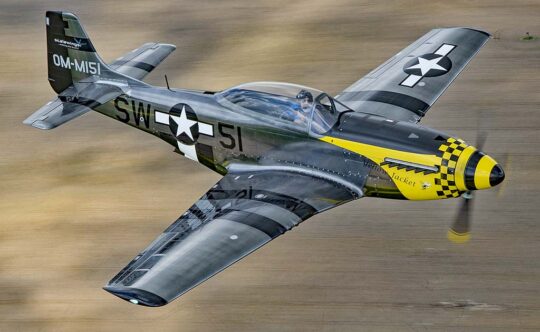 As you see from the timeline above, it has taken a while for the twists and turns of development to unravel themselves. Now ScaleWings appears to be firing on all cylinders. Recently, ScaleWings announced they starting shipping Quick Build kits (see nearby image).
Does it take so long to get such an aircraft ready? Well, yes, for at least two reasons.
First, a more complex design takes longer to go through concept, creation, alteration, testing, and gaining approval from authorities. After all that, the company can start building but this is also when the investment needs to be highest.
As you see from the timeline above, it has taken a while for the twists and turns of development to unravel themselves. Now ScaleWings appears to be firing on all cylinders. Recently, ScaleWings announced they starting shipping Quick Build kits (see nearby image).
Does it take so long to get such an aircraft ready? Well, yes, for at least two reasons.
First, a more complex design takes longer to go through concept, creation, alteration, testing, and gaining approval from authorities. After all that, the company can start building but this is also when the investment needs to be highest.
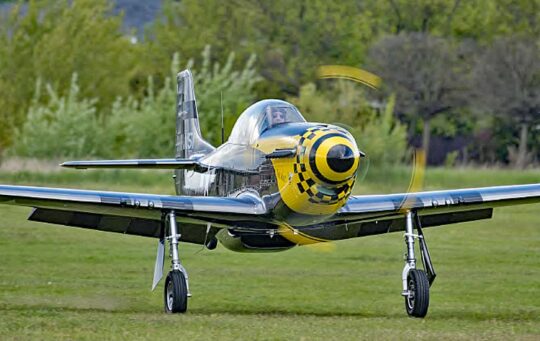 SW-51 began life as the FK-51. Alert readers will recognize that "FK" refers to FK Lightplanes, a German design company lead by Peter Funk. For years, Peter manufactured popular designs such as FK-9 that sold hundreds of units. Peter developed other designs including the biplane aerobatic Comet, the sleek Polaris LeMans, and several wonderful vintage recreations. His interest was in the creation and development of designs, though; Peter was less enamored of the manufacturing side of the business, so he turned to others.
A man named Rolland Hallam launched into building a series of the FK designs. It seemed to go well for a while and at Aero Friedrichshafen a decade ago, he created a sensation by introducing the amazing creation of the highly-energetic Hans Schoeller.
SW-51 began life as the FK-51. Alert readers will recognize that "FK" refers to FK Lightplanes, a German design company lead by Peter Funk. For years, Peter manufactured popular designs such as FK-9 that sold hundreds of units. Peter developed other designs including the biplane aerobatic Comet, the sleek Polaris LeMans, and several wonderful vintage recreations. His interest was in the creation and development of designs, though; Peter was less enamored of the manufacturing side of the business, so he turned to others.
A man named Rolland Hallam launched into building a series of the FK designs. It seemed to go well for a while and at Aero Friedrichshafen a decade ago, he created a sensation by introducing the amazing creation of the highly-energetic Hans Schoeller.
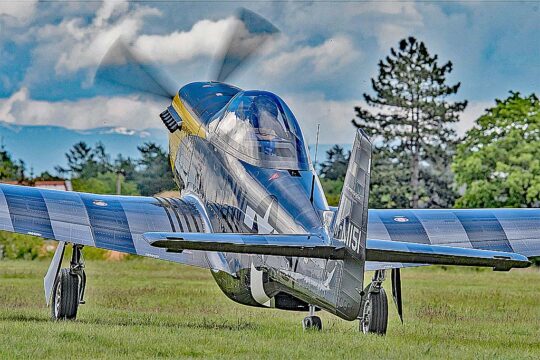 FK, working with ScaleWings as a consultant, hoped to build one a week starting as early as 2015. It never happened. Whatever the challenges Rolland faced, they proved insurmountable. Production of all FK airplanes slowed to a crawl. FK-51 went dark.
After Rolland bowed out, Hans joined up with younger entrepreneur Christian von Kessel, who found money and facilities and vowed to bring the now renamed SW-51 to market. That took time, but Christian kept after his goal.
SW-51 conducted a successful maiden flight and passed other technical benchmarks. Then Christian and Hans set about putting SW-51 into production. This is not a small project but they are now excited to announce they are shipping kits.
FK, working with ScaleWings as a consultant, hoped to build one a week starting as early as 2015. It never happened. Whatever the challenges Rolland faced, they proved insurmountable. Production of all FK airplanes slowed to a crawl. FK-51 went dark.
After Rolland bowed out, Hans joined up with younger entrepreneur Christian von Kessel, who found money and facilities and vowed to bring the now renamed SW-51 to market. That took time, but Christian kept after his goal.
SW-51 conducted a successful maiden flight and passed other technical benchmarks. Then Christian and Hans set about putting SW-51 into production. This is not a small project but they are now excited to announce they are shipping kits.
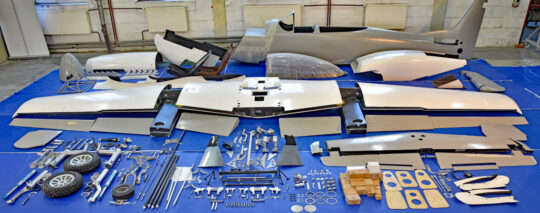 Christian and Sebastian recently sent news about ScaleWings Aircraft launching shipments of a “Quick-Build Kit” of the SW-51 Mustang.
Calling it "the world's most accurate P-51 Mustang replica at 70% scale," a standard SW-51 kit — with MTOW of 750 kilograms or 1,654 pounds — includes "the complete all-carbon body parts, control elements, seats, and the electrically driven retractable landing gear."
Christian and Sebastian recently sent news about ScaleWings Aircraft launching shipments of a “Quick-Build Kit” of the SW-51 Mustang.
Calling it "the world's most accurate P-51 Mustang replica at 70% scale," a standard SW-51 kit — with MTOW of 750 kilograms or 1,654 pounds — includes "the complete all-carbon body parts, control elements, seats, and the electrically driven retractable landing gear."
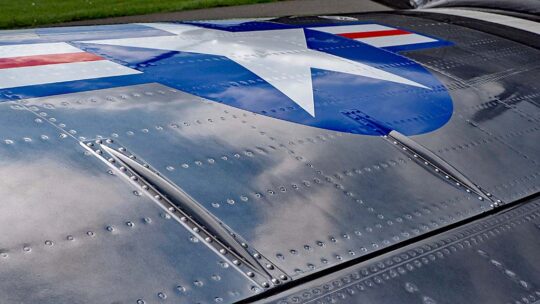 The company describes SW-51's unique feature: "more than 100,000 details (rivets, screws, etc.) of the original P-51 Mustang are faithfully worked into the carbon surfaces of the delivered kit, creating a near-perfect reincarnation of the legendary icon."
"This is beyond any previous kit execution in the market," said Christian and Sebastian. I'm inclined to agree for the singular fact of SW-51's incredibly authentic mimicking of the World War II original.
According to ScaleWings, the standard SW-51 kit includes:
The company describes SW-51's unique feature: "more than 100,000 details (rivets, screws, etc.) of the original P-51 Mustang are faithfully worked into the carbon surfaces of the delivered kit, creating a near-perfect reincarnation of the legendary icon."
"This is beyond any previous kit execution in the market," said Christian and Sebastian. I'm inclined to agree for the singular fact of SW-51's incredibly authentic mimicking of the World War II original.
According to ScaleWings, the standard SW-51 kit includes:
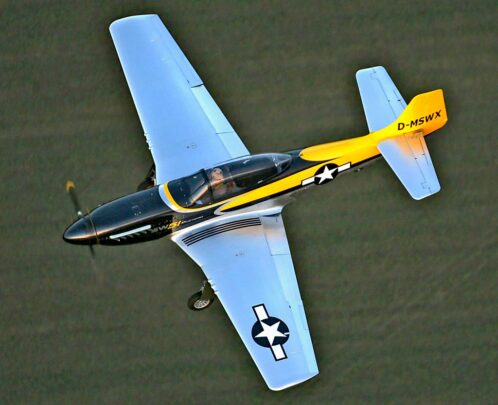 So… can you afford this beauty? Nautrally, that depends on your individual budget. Kit prices reflect the work involved in fabricating parts.
In their "Launch Edition," Standard Kits start at €119,000 (about $138,000). The Standard Kit and optional packages can be ordered now at the
So… can you afford this beauty? Nautrally, that depends on your individual budget. Kit prices reflect the work involved in fabricating parts.
In their "Launch Edition," Standard Kits start at €119,000 (about $138,000). The Standard Kit and optional packages can be ordered now at the 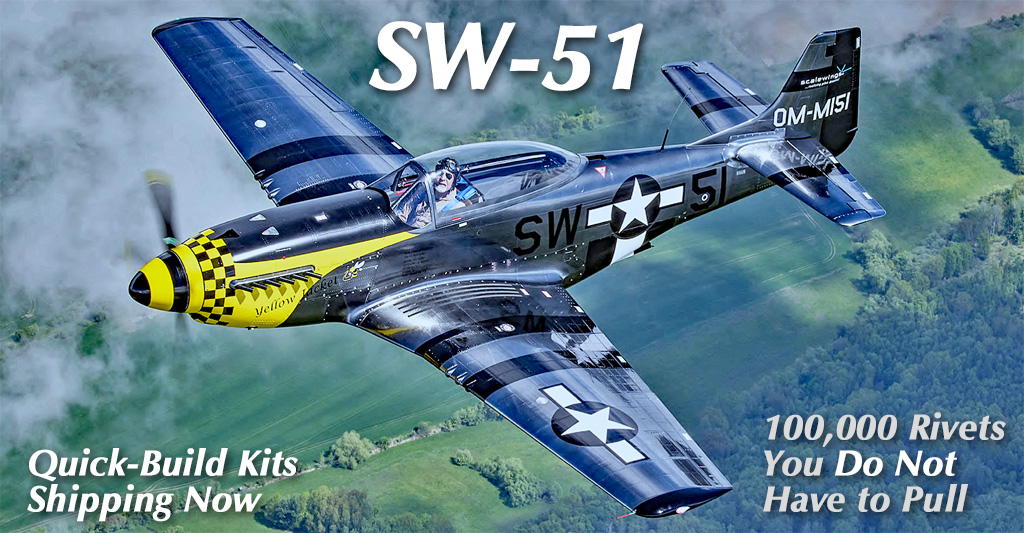

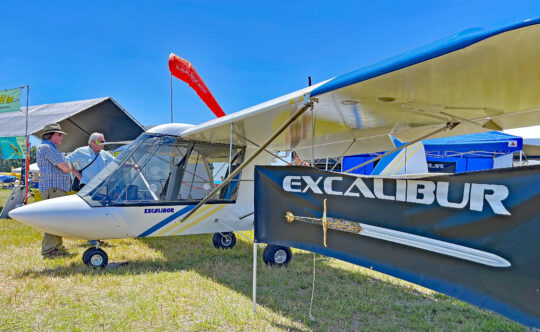
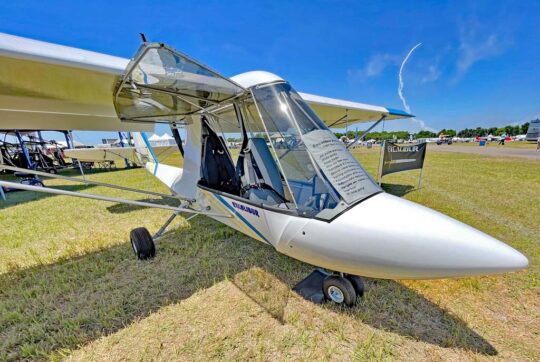
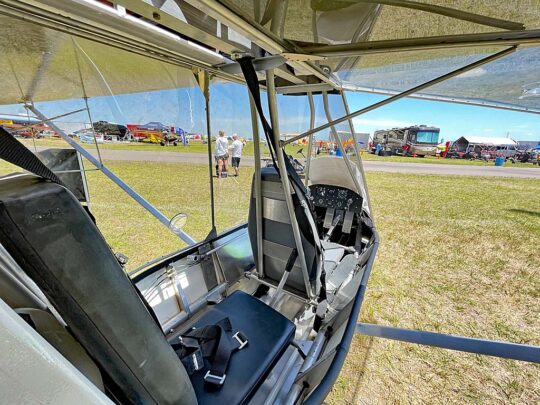 Kit manufacturers do not apply for the aircraft registration so they often have to determine their flying fleet by other means. Readers can investigate further with our complete list of registered light aircraft using
Kit manufacturers do not apply for the aircraft registration so they often have to determine their flying fleet by other means. Readers can investigate further with our complete list of registered light aircraft using 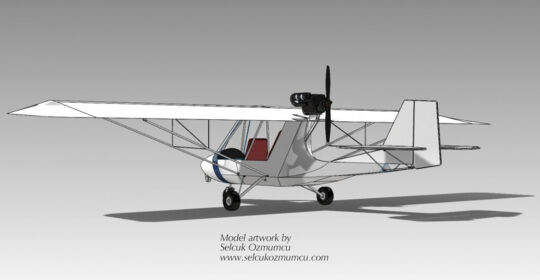 Excalibur is listed on FAA’s 51% approved list, Tom assured, meaning that the low build time has been through the FAA Kit Evaluation Team’s multi-page checklist to assure the owner does truly build 51% of the kit as per current regulation. For those less certain of their skills, builder-assist centers are allowed now and this idea is set to develop further as FAA’s issues its in-the-works
Excalibur is listed on FAA’s 51% approved list, Tom assured, meaning that the low build time has been through the FAA Kit Evaluation Team’s multi-page checklist to assure the owner does truly build 51% of the kit as per current regulation. For those less certain of their skills, builder-assist centers are allowed now and this idea is set to develop further as FAA’s issues its in-the-works 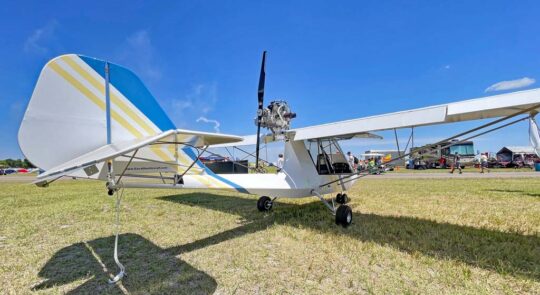 Excalibur can also carry a good load. Tom said it has a 600 useful load capacity. With the standard 10 gallons of fuel, that leaves a whopping 540 pounds for occupants and gear. Fuel capacity can be optional increased to 28 gallons.
Those occupants can get in and out easier thanks to lower side rails on the 2021 model. When doors are used they are wide and allow easier-than-common entry to either tandem seat.
Shock-cord gear suspension involves 24 wraps of “aviation-grade elastic” that Tom said can absorb quite a load while dampening impact loads from transmitting to the airframe. Getting back up is also easy. “Excalibur exhibits excellent STOL characteristics,” said Tom, “with solo take-offs in 96 feet!”
Excalibur’s price at Sun ‘n Fun 2021 was quoted at $33,700 for a complete and flyable airplane but before paint and instruments. If you use analog gauges — or an iPad paired to devices like
Excalibur can also carry a good load. Tom said it has a 600 useful load capacity. With the standard 10 gallons of fuel, that leaves a whopping 540 pounds for occupants and gear. Fuel capacity can be optional increased to 28 gallons.
Those occupants can get in and out easier thanks to lower side rails on the 2021 model. When doors are used they are wide and allow easier-than-common entry to either tandem seat.
Shock-cord gear suspension involves 24 wraps of “aviation-grade elastic” that Tom said can absorb quite a load while dampening impact loads from transmitting to the airframe. Getting back up is also easy. “Excalibur exhibits excellent STOL characteristics,” said Tom, “with solo take-offs in 96 feet!”
Excalibur’s price at Sun ‘n Fun 2021 was quoted at $33,700 for a complete and flyable airplane but before paint and instruments. If you use analog gauges — or an iPad paired to devices like 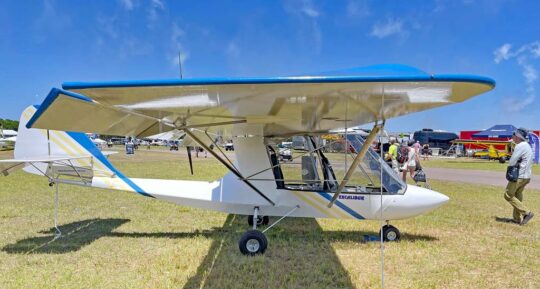 As Tom suggests about Excalibur, all those Avid Flyer variations claimed to have differences… “improvements” their developers prefer to call them.
As Tom suggests about Excalibur, all those Avid Flyer variations claimed to have differences… “improvements” their developers prefer to call them.
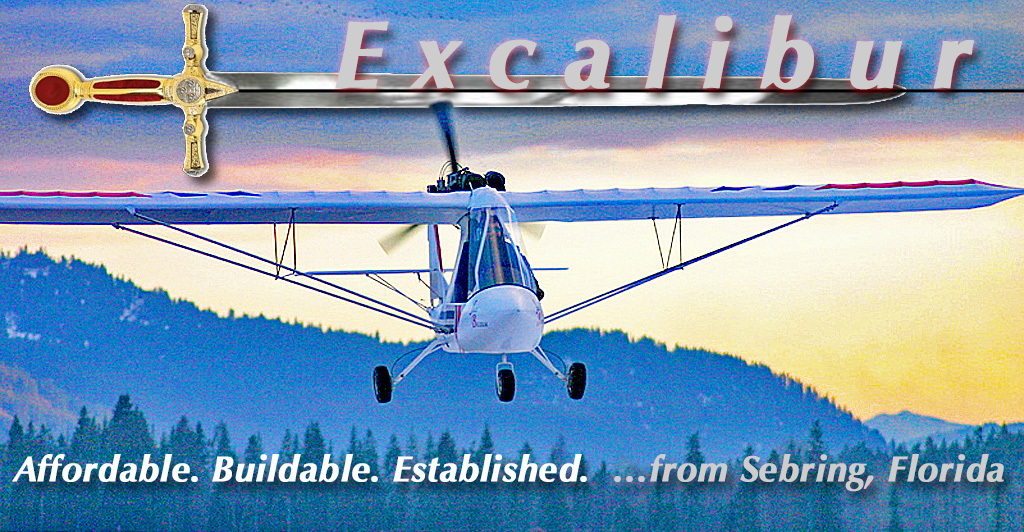
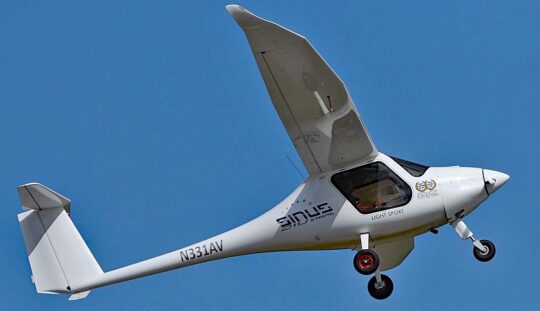 I'm a great enthusiast of soaring flight. Over decades of sampling a large number of aircraft of every description, I'm still drawn to a machine, which lacking any kind of powerplant, relies on the performance of the design and the skill of the pilot to stay aloft. I remain fascinated with locating rising columns of heated air. Circle well enough into one of these invisible thermals and you may be rewarded with an invigorating sensation of lift, of riding the swirling airmass thousands of feet into the air …silently. It's mesmerizing to observe the ground fall away as you are propelled higher and higher.
You may never have felt such thing and you may be hesitant about launching into the air in an aircraft that will allow only one approach and landing per flight; no exceptions. However, for those entranced by manipulating wisps of air to rise upward, a machine like Pipistrel's Sinus is a thing of beauty.
I'm a great enthusiast of soaring flight. Over decades of sampling a large number of aircraft of every description, I'm still drawn to a machine, which lacking any kind of powerplant, relies on the performance of the design and the skill of the pilot to stay aloft. I remain fascinated with locating rising columns of heated air. Circle well enough into one of these invisible thermals and you may be rewarded with an invigorating sensation of lift, of riding the swirling airmass thousands of feet into the air …silently. It's mesmerizing to observe the ground fall away as you are propelled higher and higher.
You may never have felt such thing and you may be hesitant about launching into the air in an aircraft that will allow only one approach and landing per flight; no exceptions. However, for those entranced by manipulating wisps of air to rise upward, a machine like Pipistrel's Sinus is a thing of beauty.
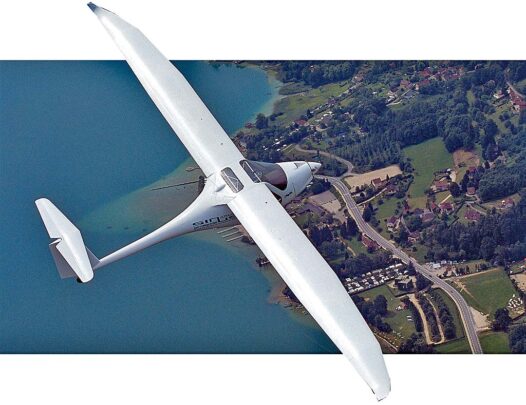 Though awkwardly named, to English speakers at least, Sinus boasts long and slender but very hard-working wings that permit this SLSA motorglider to glide 27:1, giving the ability to reach more than 10 miles from only 2,000 feet above ground (assuming no lift or sink). Even if you don't care about soaring, a glide path that flat can get you to a safe landing in many more situations.
Want to learn more? Let's take a sample soaring flight. Even better, let's investigate wave soaring.
Though awkwardly named, to English speakers at least, Sinus boasts long and slender but very hard-working wings that permit this SLSA motorglider to glide 27:1, giving the ability to reach more than 10 miles from only 2,000 feet above ground (assuming no lift or sink). Even if you don't care about soaring, a glide path that flat can get you to a safe landing in many more situations.
Want to learn more? Let's take a sample soaring flight. Even better, let's investigate wave soaring.
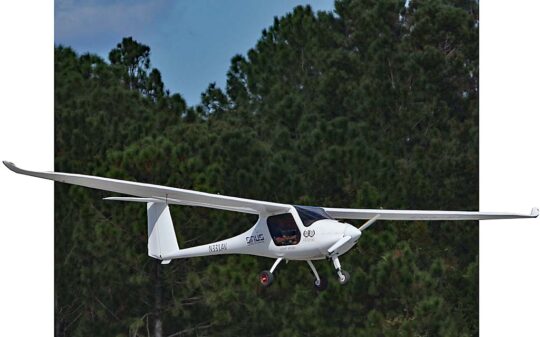 You can
You can 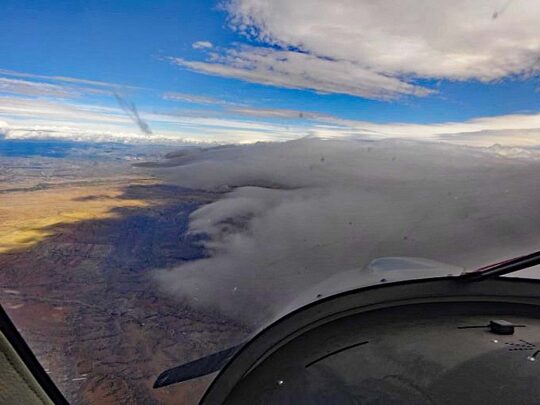 Roger wrote, "A local glider pilot, John Wahl, has been forecasting mountain wave for the Moriarty, New Mexico area but never getting much real feedback as to the accuracy of his predictions." Mountain waves form when moving air rises over mountainous terrain. As the air rushes up the slope, layers above repeat the lift. Upper air is pushed aloft by the lower atmosphere climbing a mountain's windward side
Roger wrote, "A local glider pilot, John Wahl, has been forecasting mountain wave for the Moriarty, New Mexico area but never getting much real feedback as to the accuracy of his predictions." Mountain waves form when moving air rises over mountainous terrain. As the air rushes up the slope, layers above repeat the lift. Upper air is pushed aloft by the lower atmosphere climbing a mountain's windward side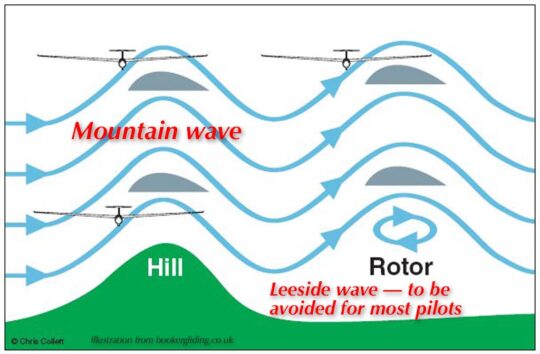 Robert continues, "In late October 2021, he forecast wave for a Saturday so I borrowed Hugh Bivin's Sinus, N21PX, and took John along to see if the wave would be as forecast. We had his plots of where it should start and end geographically. We had oxygen, a data logger, warm clothes, and a sense of adventure.
"We took off about 10:15 AM and climbed west-northwest under Rotax power. Our home field elevation is 6,200 feet.
"The orientation of the wind aloft was not the best for wave to form. An ideal wind direction is 260 to 280 degrees so as to be perpendicular to the Sandia mountains, which rise to 10,500 feet. The wave was forecast to be at the northern end of the Sandia range, and be at an angle to the mountains. Wind aloft was about 230 degrees, not ideal by any means. This would be a good test of John's forecasting method.
Robert continues, "In late October 2021, he forecast wave for a Saturday so I borrowed Hugh Bivin's Sinus, N21PX, and took John along to see if the wave would be as forecast. We had his plots of where it should start and end geographically. We had oxygen, a data logger, warm clothes, and a sense of adventure.
"We took off about 10:15 AM and climbed west-northwest under Rotax power. Our home field elevation is 6,200 feet.
"The orientation of the wind aloft was not the best for wave to form. An ideal wind direction is 260 to 280 degrees so as to be perpendicular to the Sandia mountains, which rise to 10,500 feet. The wave was forecast to be at the northern end of the Sandia range, and be at an angle to the mountains. Wind aloft was about 230 degrees, not ideal by any means. This would be a good test of John's forecasting method.
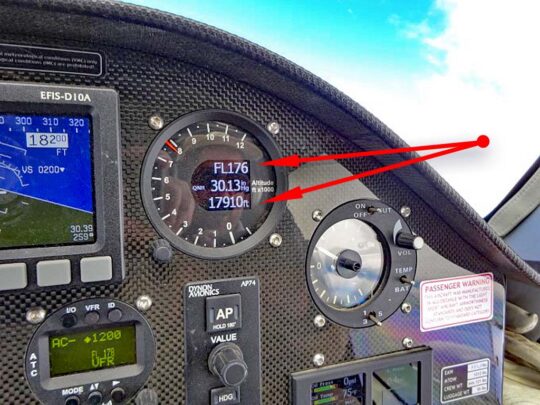 "We saw a line of clouds had formed along the forecasted direction. We got to the upwind side about 15 miles west of Moriarty and turned to run parallel to it. These were the roll clouds [sometimes associated with wave conditions] but really did not look much like a traditional roll cloud. They were just a line of not very tall cumulus. But we started to see an increased climb rate some distance upwind of them. We were about 8,500 feet above sea level. I slowly brought the power to idle but we did not climb, so I returned back to climb thrust. A short time later I tried that again and we found ourselves climbing with idle power. I shut off the motor and feathered the prop. We were still climbing! It became very quiet.
"We continued on a north-northwest track, climbing modestly at about 1.5 to 2 knots, about 150-200 feet per minute. The forecast was for stronger lift ahead so we continued. Sure enough, just where John had forecast stronger conditions, we found that. The best climb rate we saw was 3 knots or about 300 feet per minute. We stopped the climb at 17,910 feet. We could have gone higher, I think to at least 20,000 feet, but the wave window was not open.
"We saw a line of clouds had formed along the forecasted direction. We got to the upwind side about 15 miles west of Moriarty and turned to run parallel to it. These were the roll clouds [sometimes associated with wave conditions] but really did not look much like a traditional roll cloud. They were just a line of not very tall cumulus. But we started to see an increased climb rate some distance upwind of them. We were about 8,500 feet above sea level. I slowly brought the power to idle but we did not climb, so I returned back to climb thrust. A short time later I tried that again and we found ourselves climbing with idle power. I shut off the motor and feathered the prop. We were still climbing! It became very quiet.
"We continued on a north-northwest track, climbing modestly at about 1.5 to 2 knots, about 150-200 feet per minute. The forecast was for stronger lift ahead so we continued. Sure enough, just where John had forecast stronger conditions, we found that. The best climb rate we saw was 3 knots or about 300 feet per minute. We stopped the climb at 17,910 feet. We could have gone higher, I think to at least 20,000 feet, but the wave window was not open.
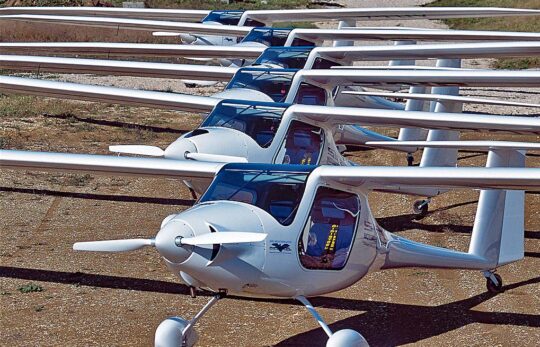 "John was very happy, as was I. His forecast was validated under unusual conditions.
"We turned around and more or less followed our track back, still in wave, but staying well below 18,000 feet.
"The view was fantastic. As we flew out of the region of better lift we started a long slow decent and turned slightly to the southeast toward home.
"We landed after 1.25 hours of flight time, about an hour of which was power off. Naturally, the landing was done power off. As we cleared the runway I un-feathered the prop, started the motor and taxied to the hangar.
"John was very happy, as was I. His forecast was validated under unusual conditions.
"We turned around and more or less followed our track back, still in wave, but staying well below 18,000 feet.
"The view was fantastic. As we flew out of the region of better lift we started a long slow decent and turned slightly to the southeast toward home.
"We landed after 1.25 hours of flight time, about an hour of which was power off. Naturally, the landing was done power off. As we cleared the runway I un-feathered the prop, started the motor and taxied to the hangar.
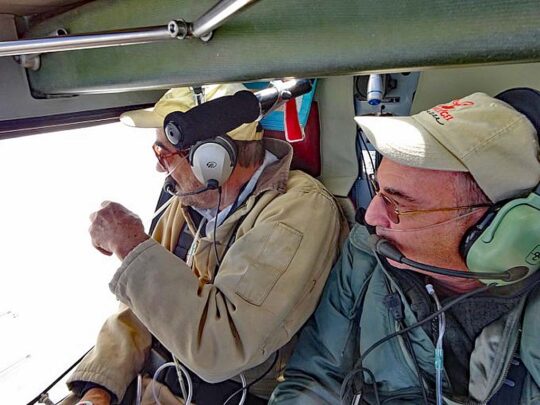 "This flight could not have been done except in a motorglider, and the fact it was done in a Sinus made it all the more interesting. I figured we used about 3 gallons of fuel. The flight was not just for fun but to validate John's forecast model; so there was a strong sense of accomplishment and satisfaction.
"This illustrates the potential of research that can be done in a touring type motorglider. Because both pilot and researcher were side by side, coordinating the flight path was easy (unpowered sailplanes almost always have tandem seating). We were able to motor right to the area we wanted to explore, and, of course. always had a safety out with the motor.
"All in all, it was a flight to remember for the research, fellowship, and the fun of it."
—Robert Mudd, October 2021
"This flight could not have been done except in a motorglider, and the fact it was done in a Sinus made it all the more interesting. I figured we used about 3 gallons of fuel. The flight was not just for fun but to validate John's forecast model; so there was a strong sense of accomplishment and satisfaction.
"This illustrates the potential of research that can be done in a touring type motorglider. Because both pilot and researcher were side by side, coordinating the flight path was easy (unpowered sailplanes almost always have tandem seating). We were able to motor right to the area we wanted to explore, and, of course. always had a safety out with the motor.
"All in all, it was a flight to remember for the research, fellowship, and the fun of it."
—Robert Mudd, October 2021
 Here's our video with Rand Vollmer. Hear from a Sinus expert about this high performing LSA motorglider.
https://youtu.be/zrRtAam5-zk
Here's our video with Rand Vollmer. Hear from a Sinus expert about this high performing LSA motorglider.
https://youtu.be/zrRtAam5-zk
